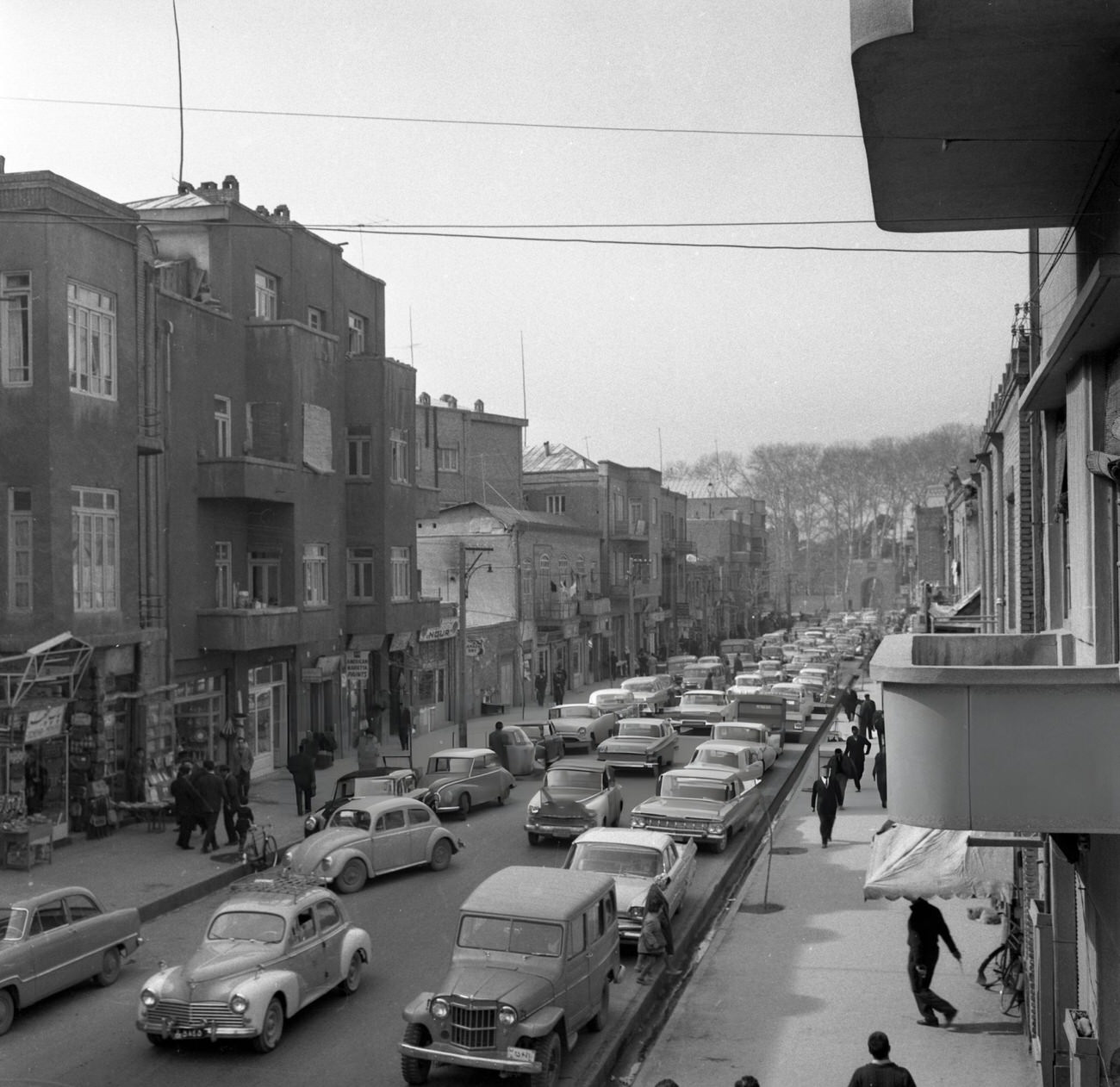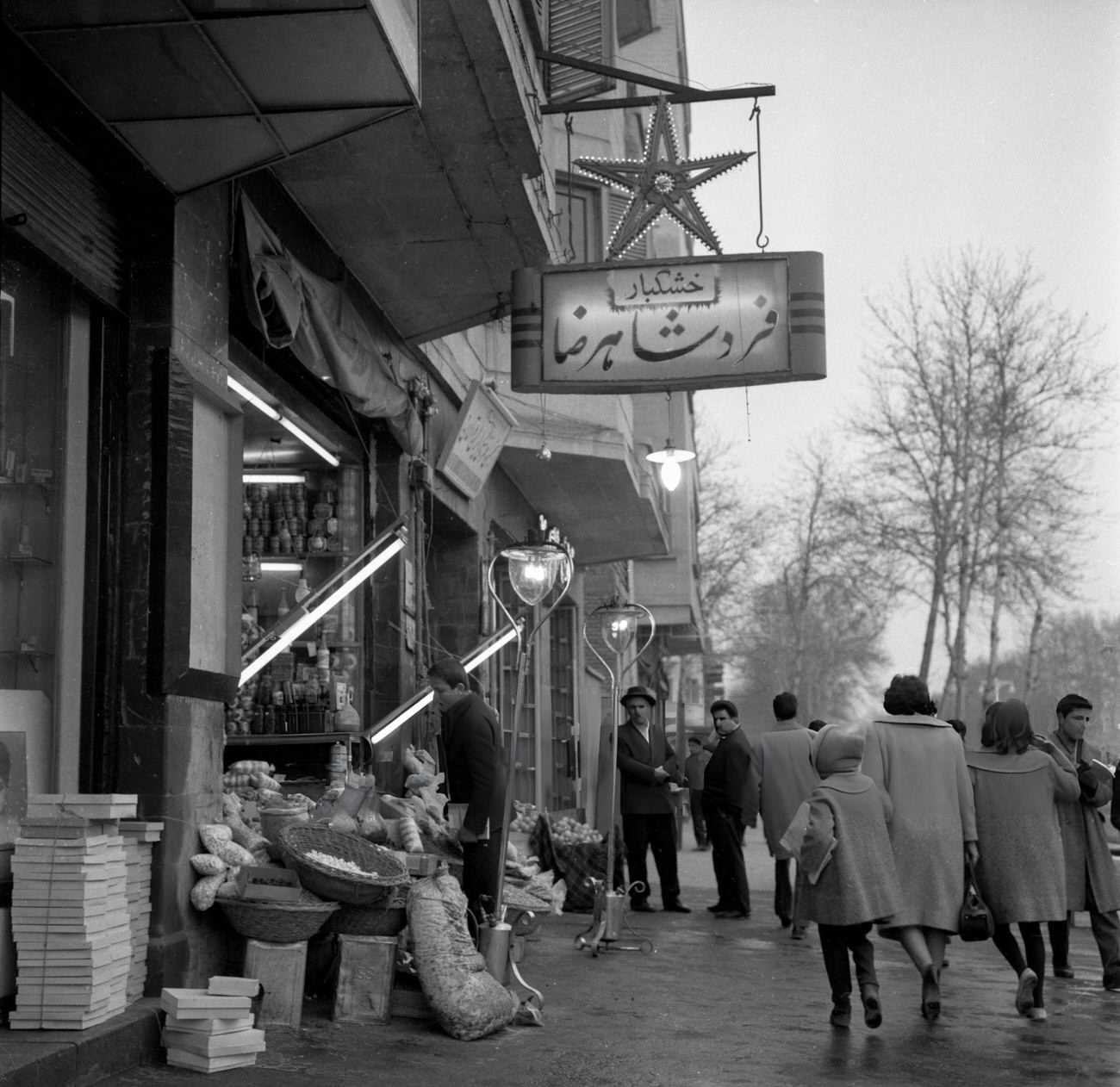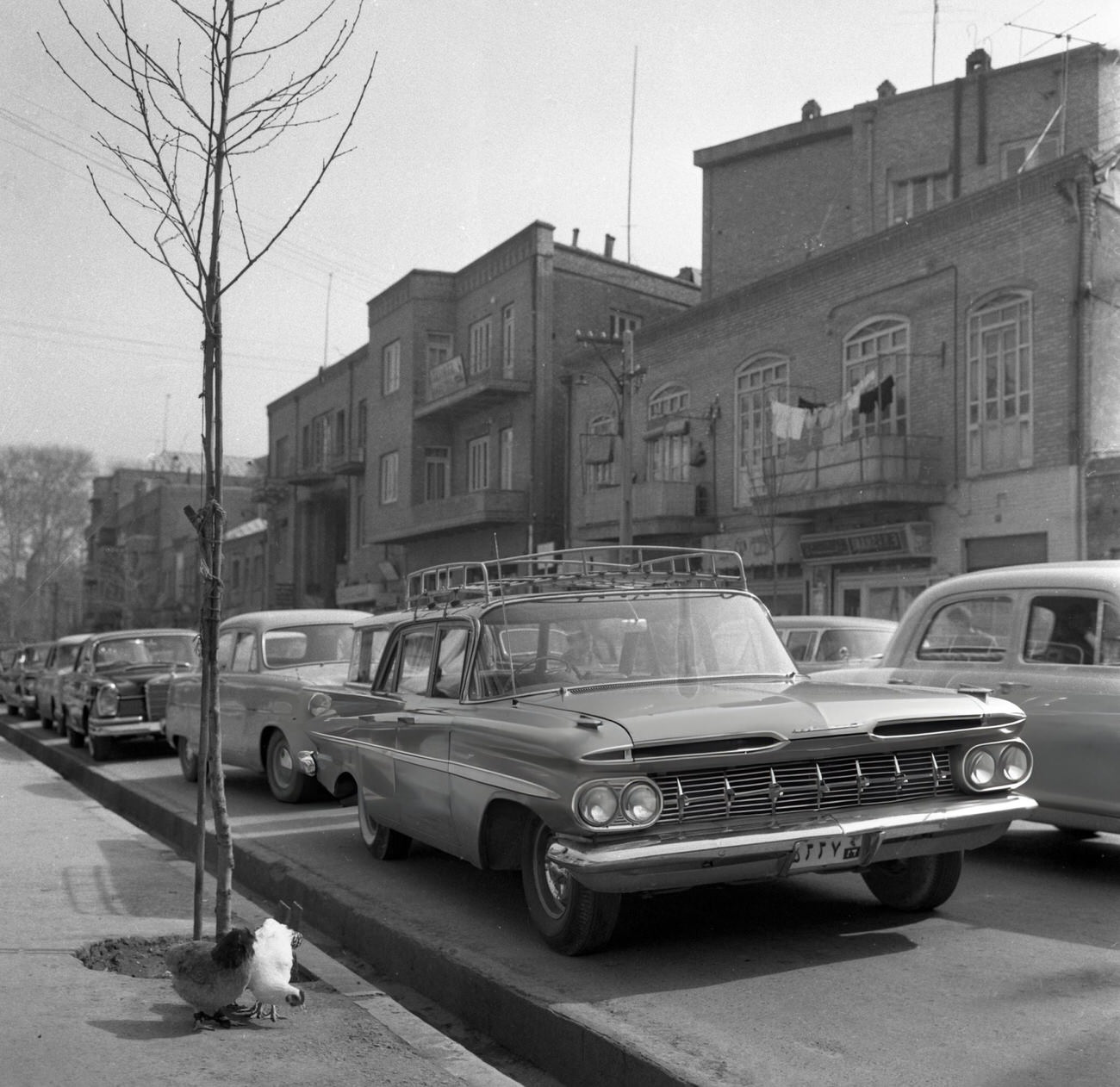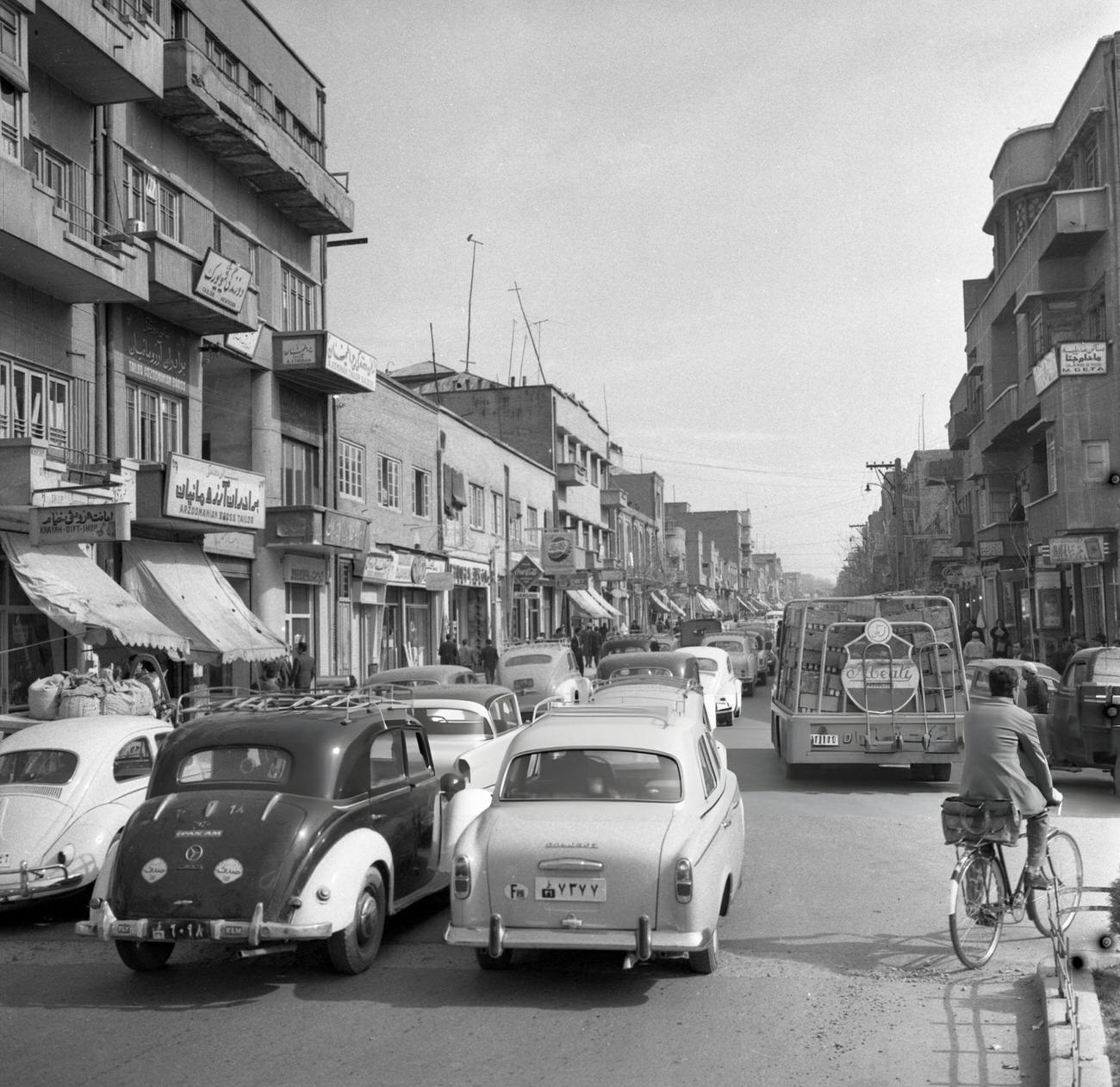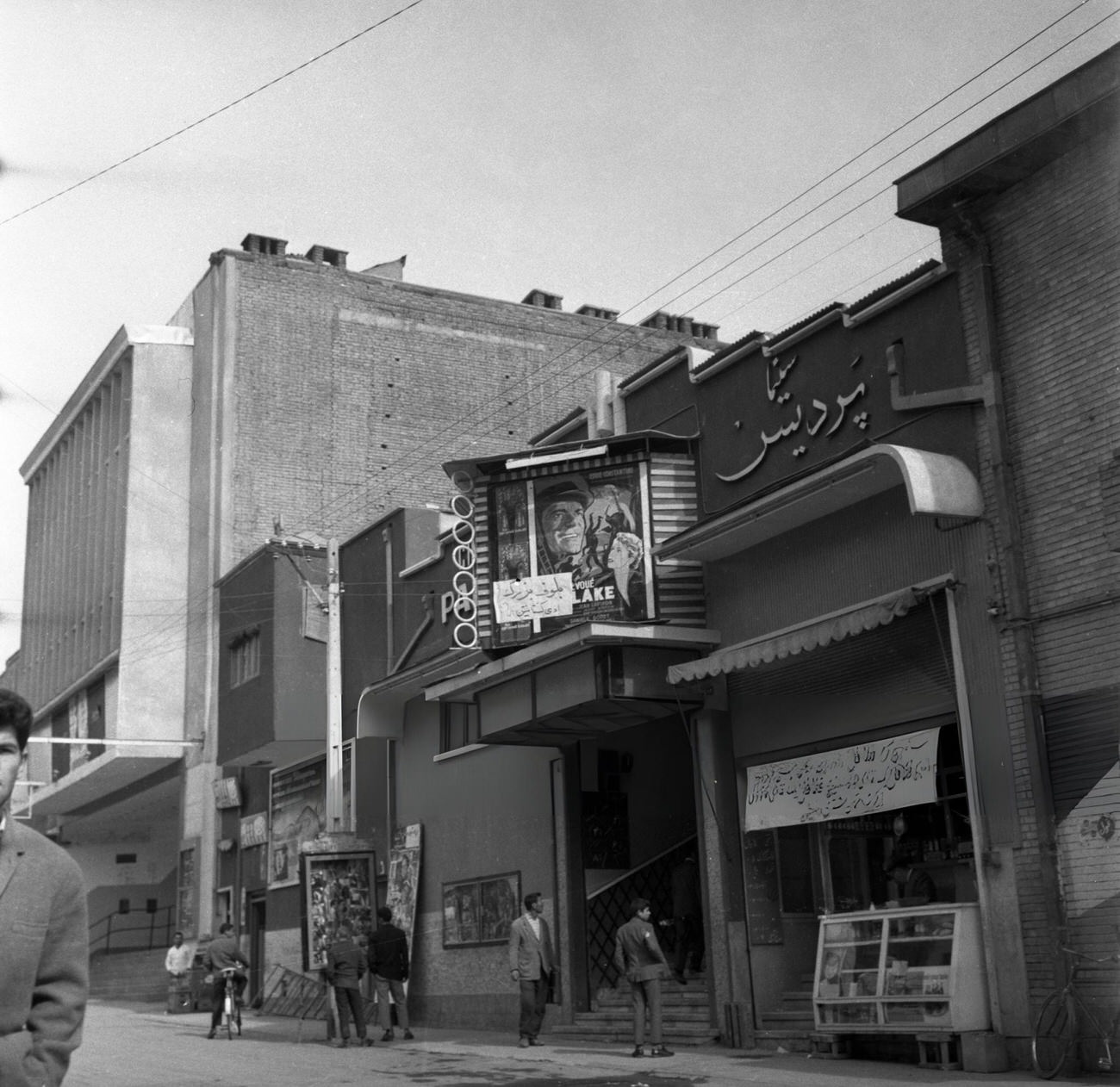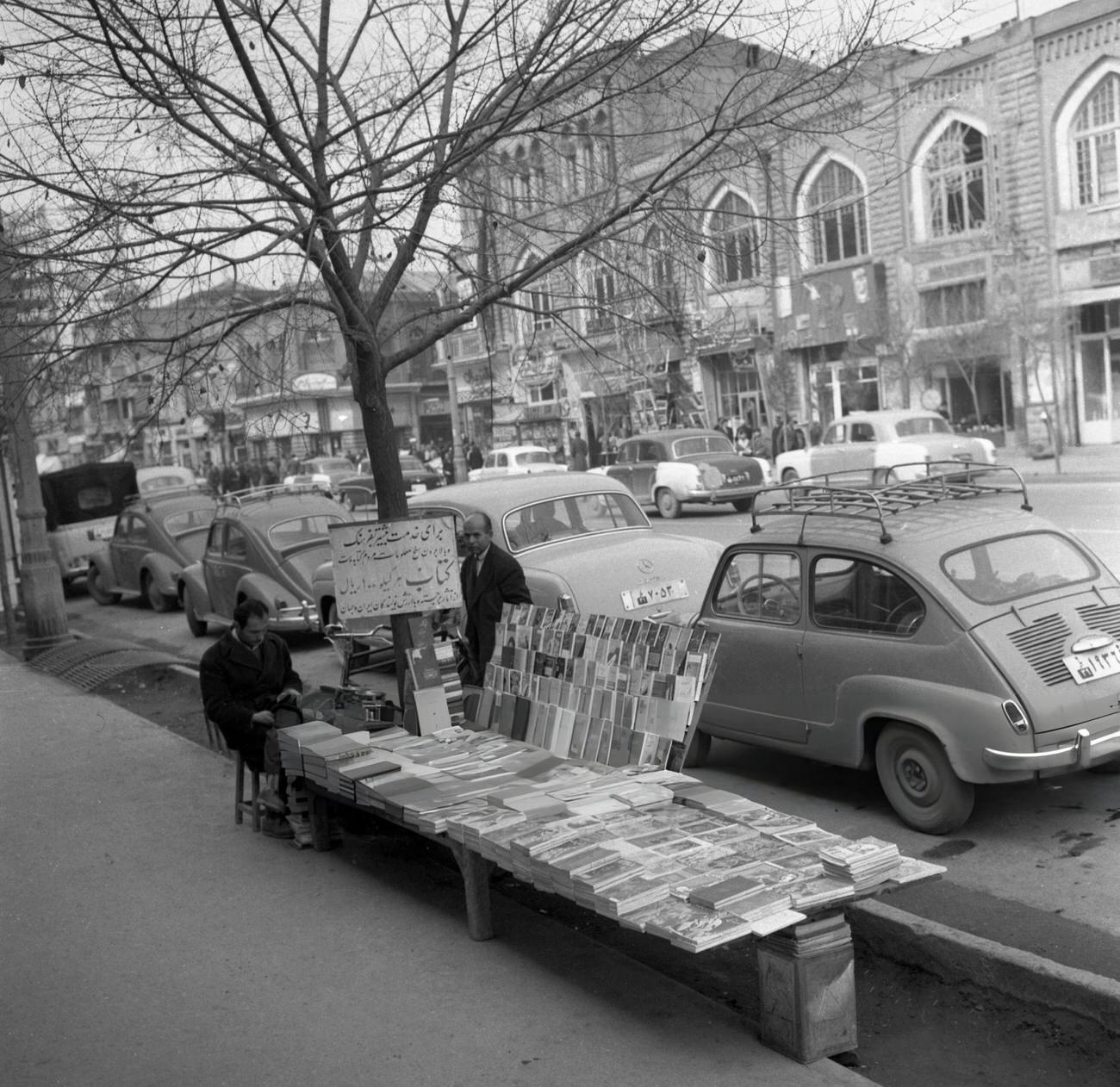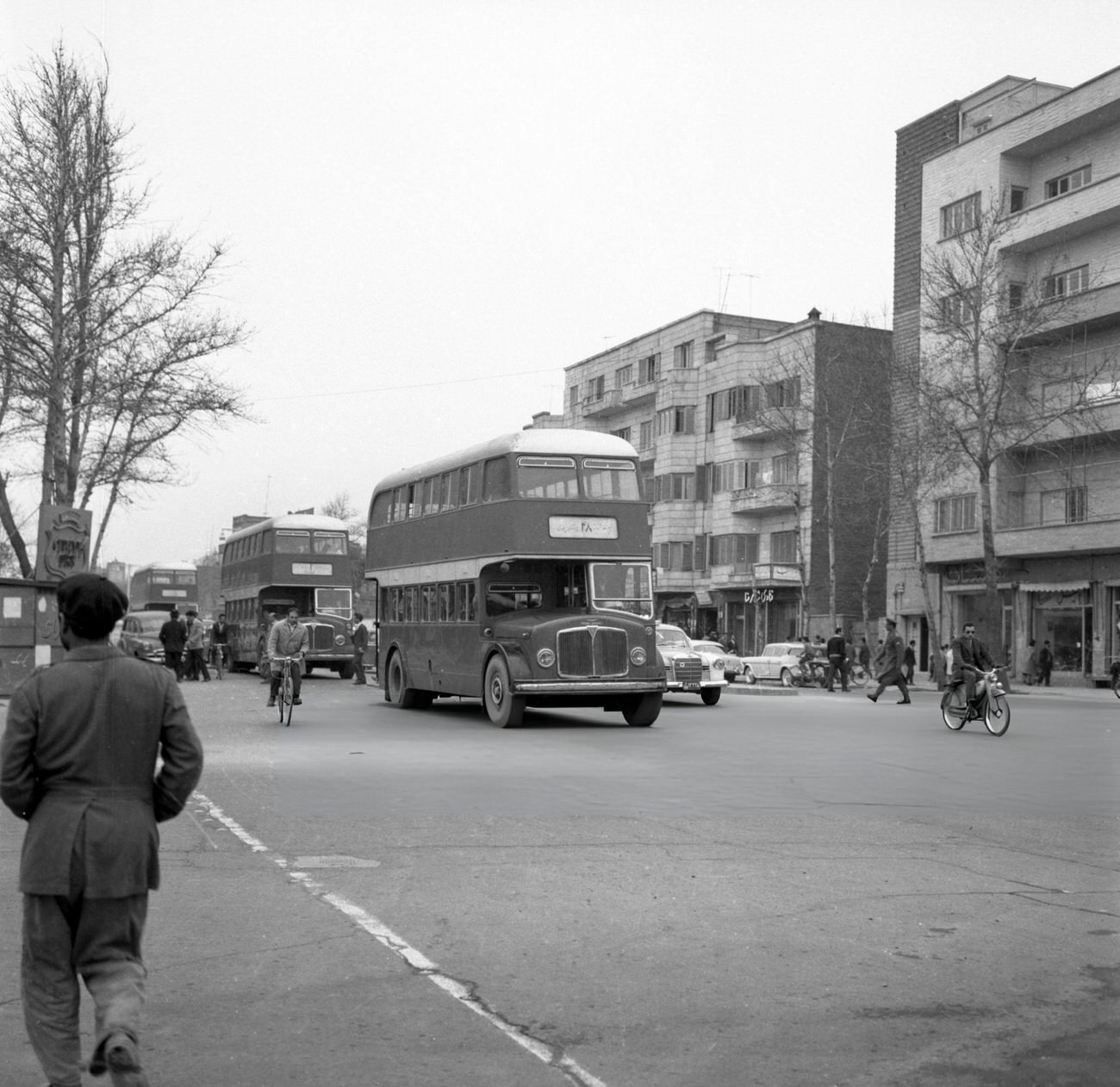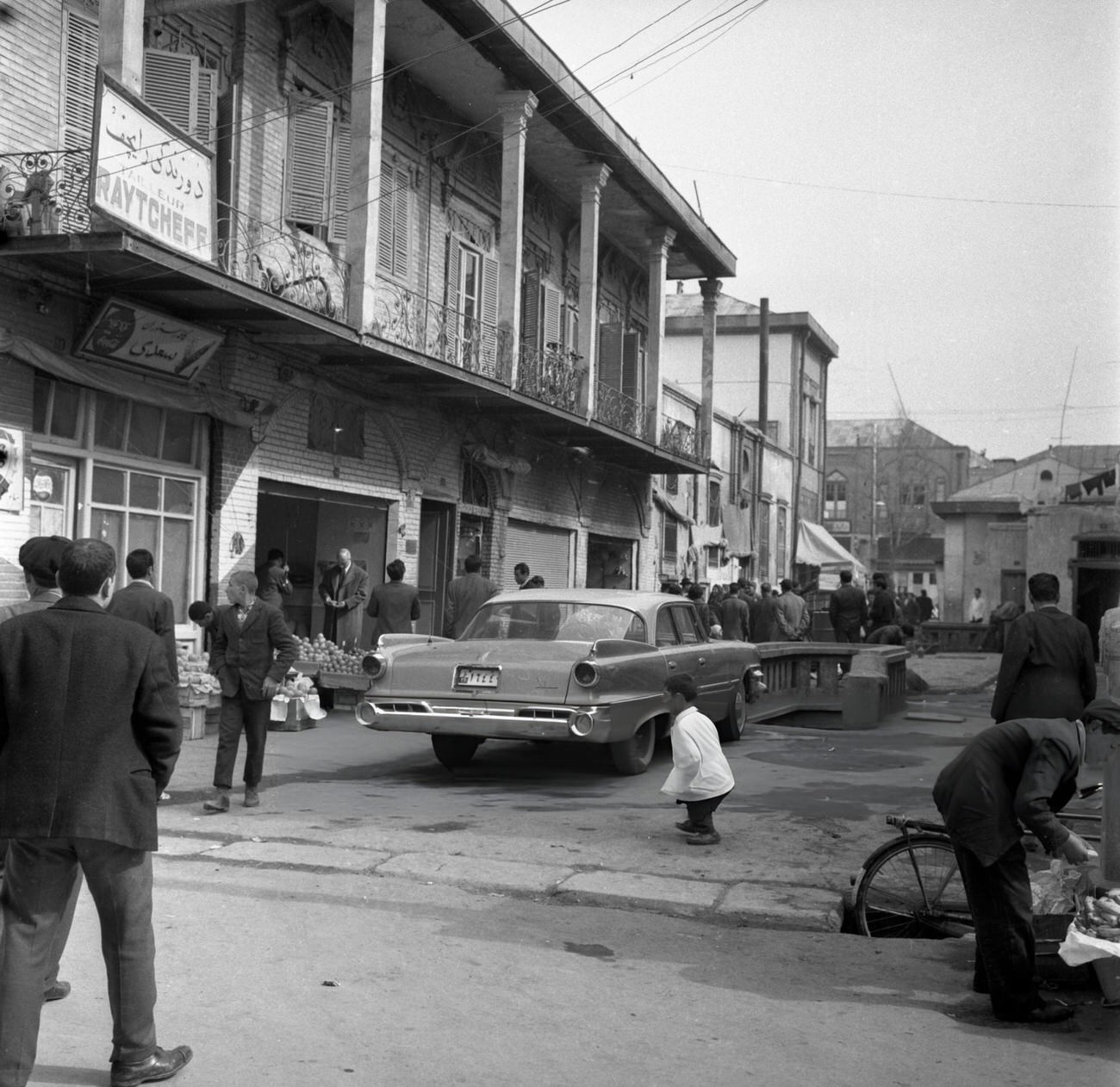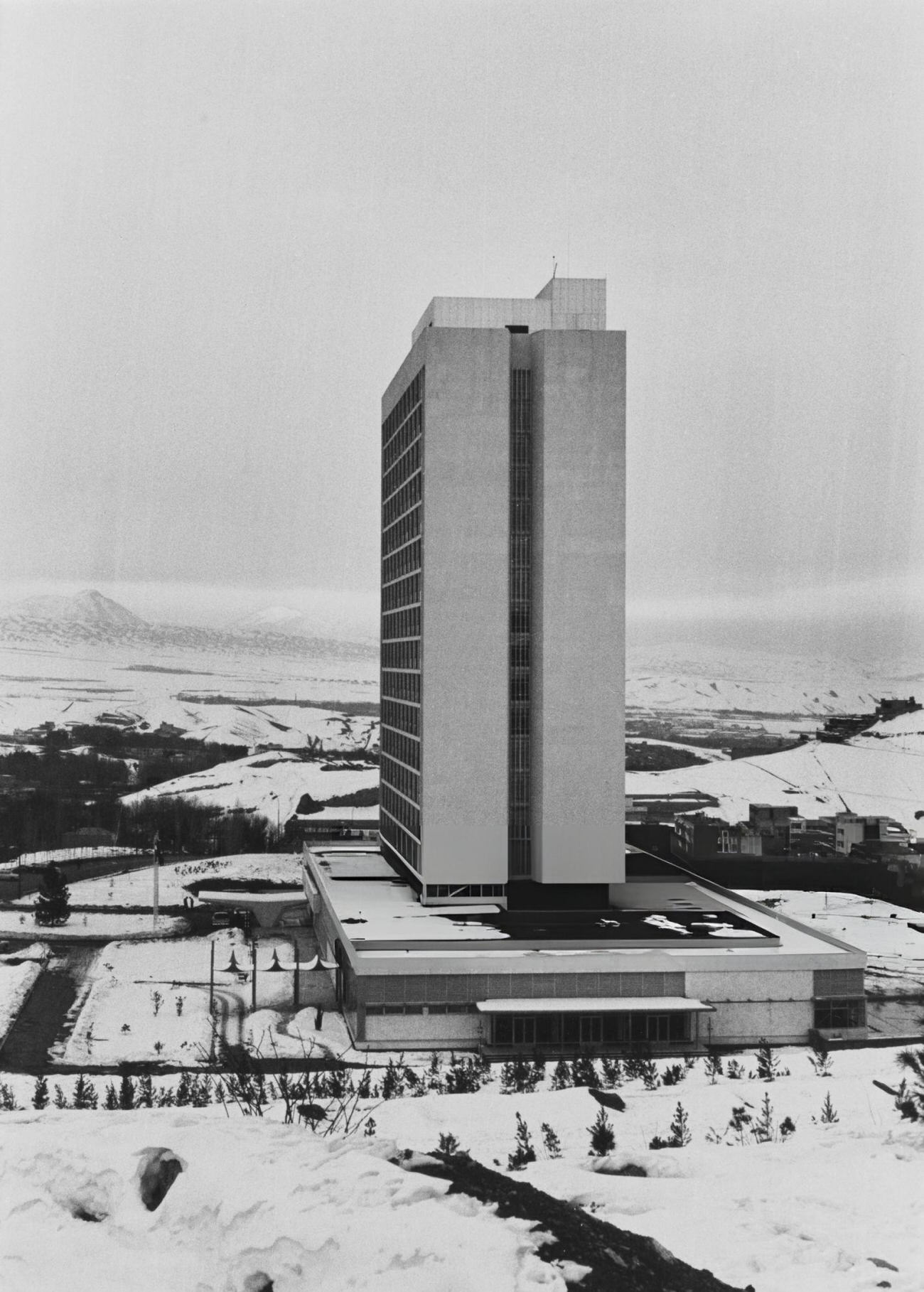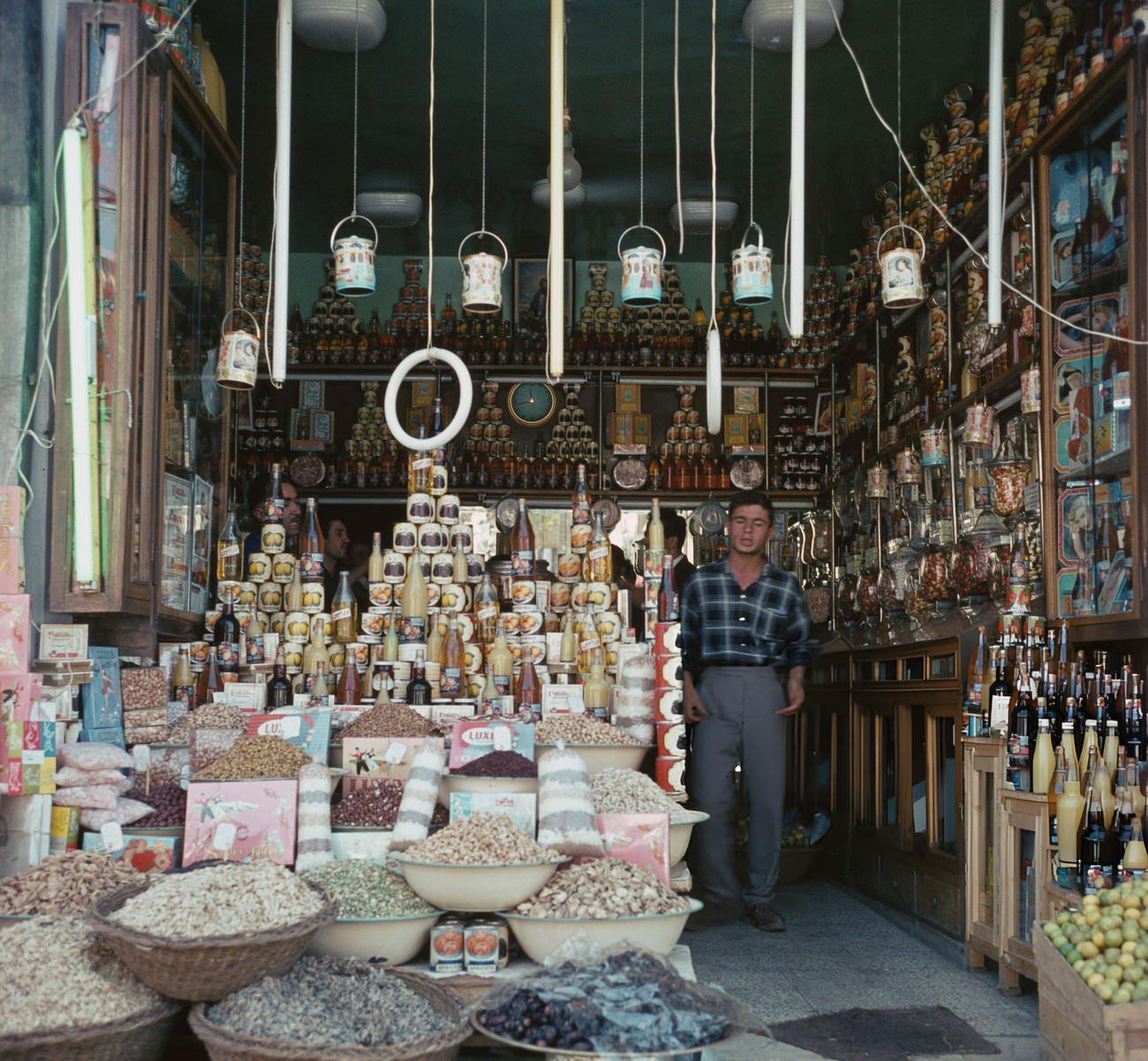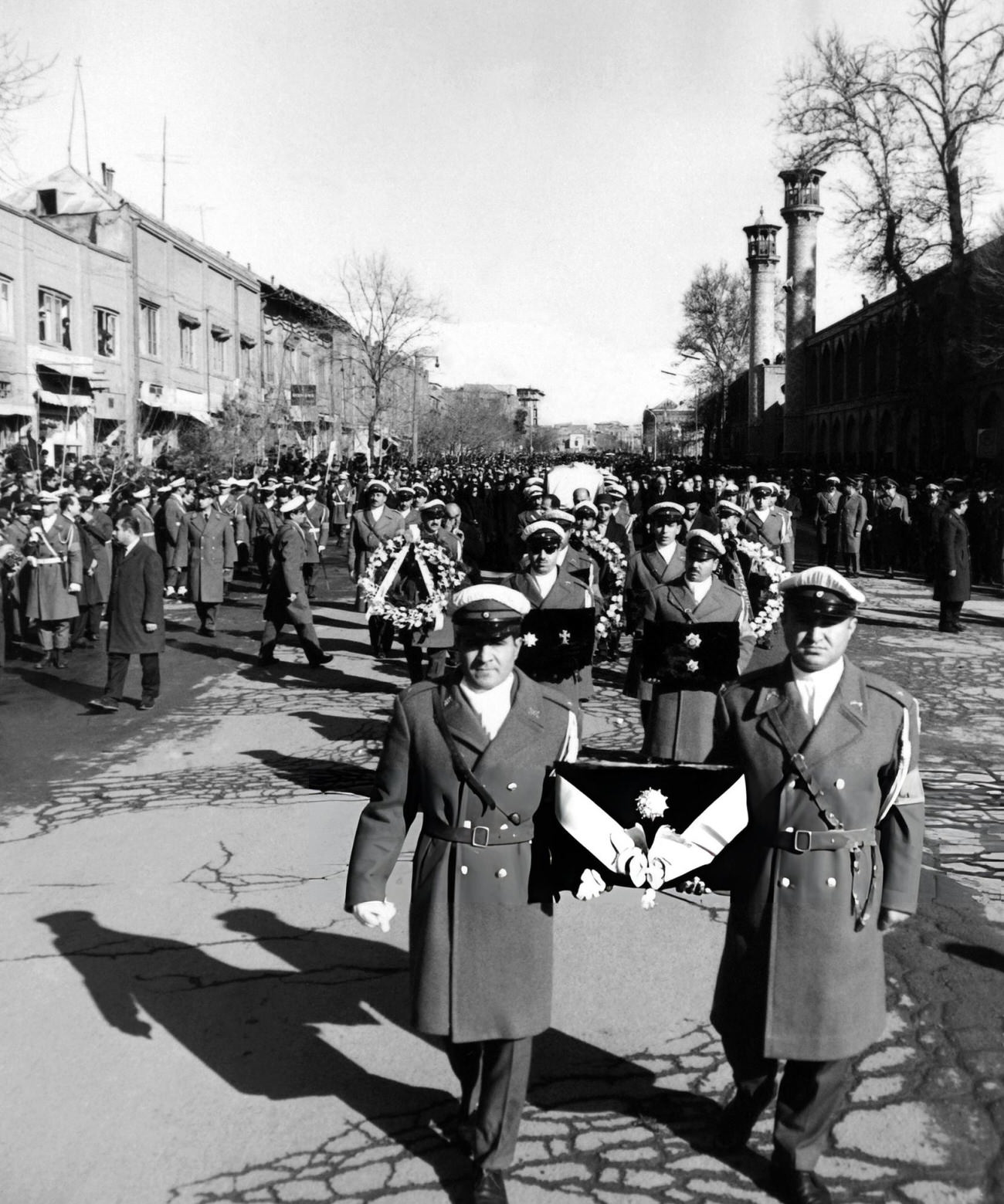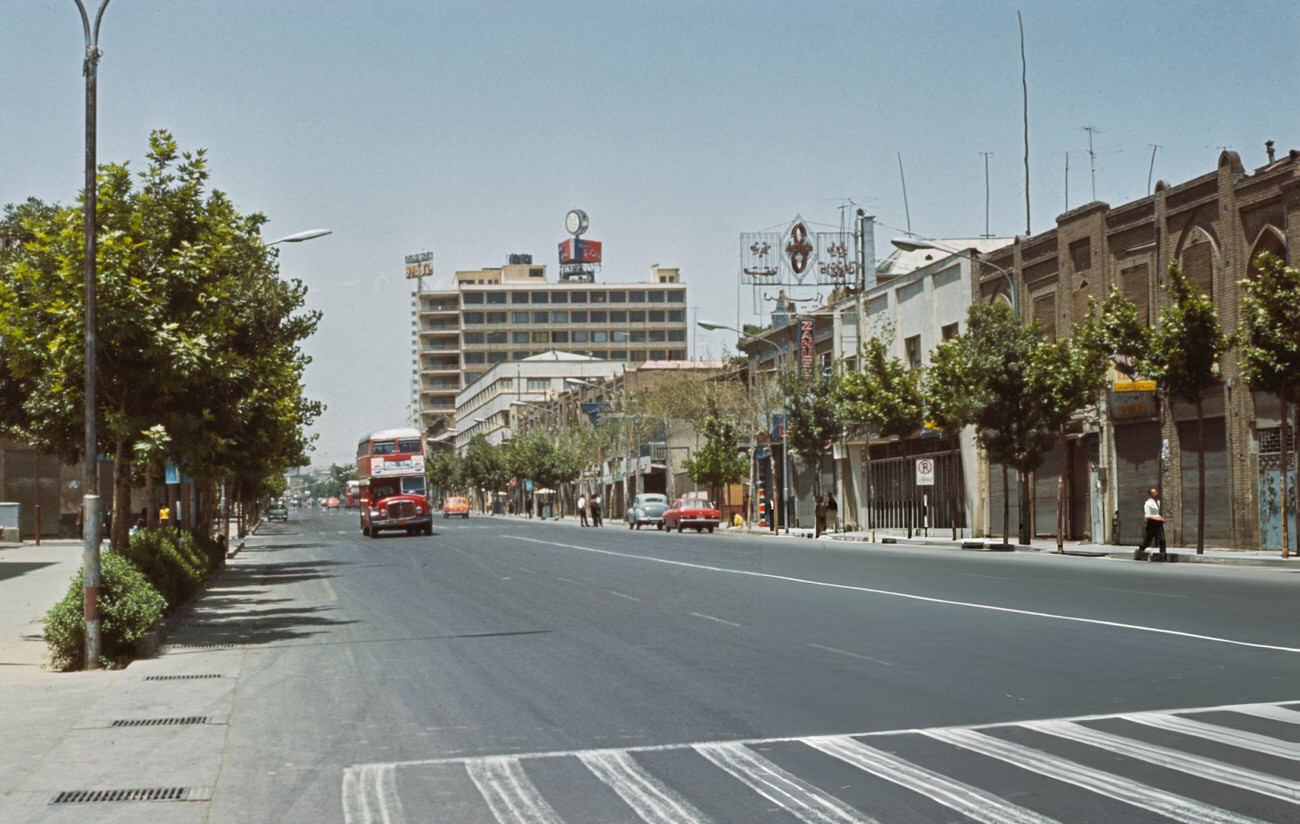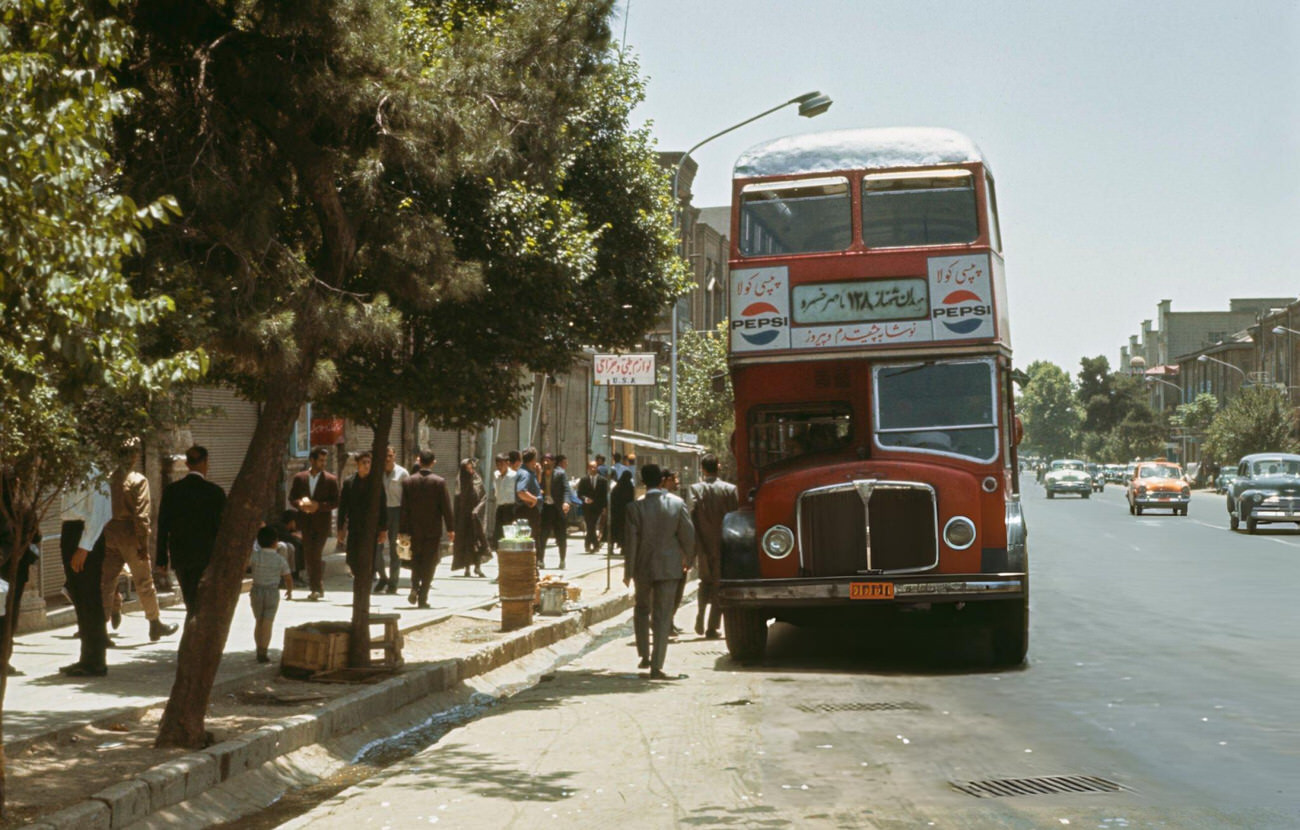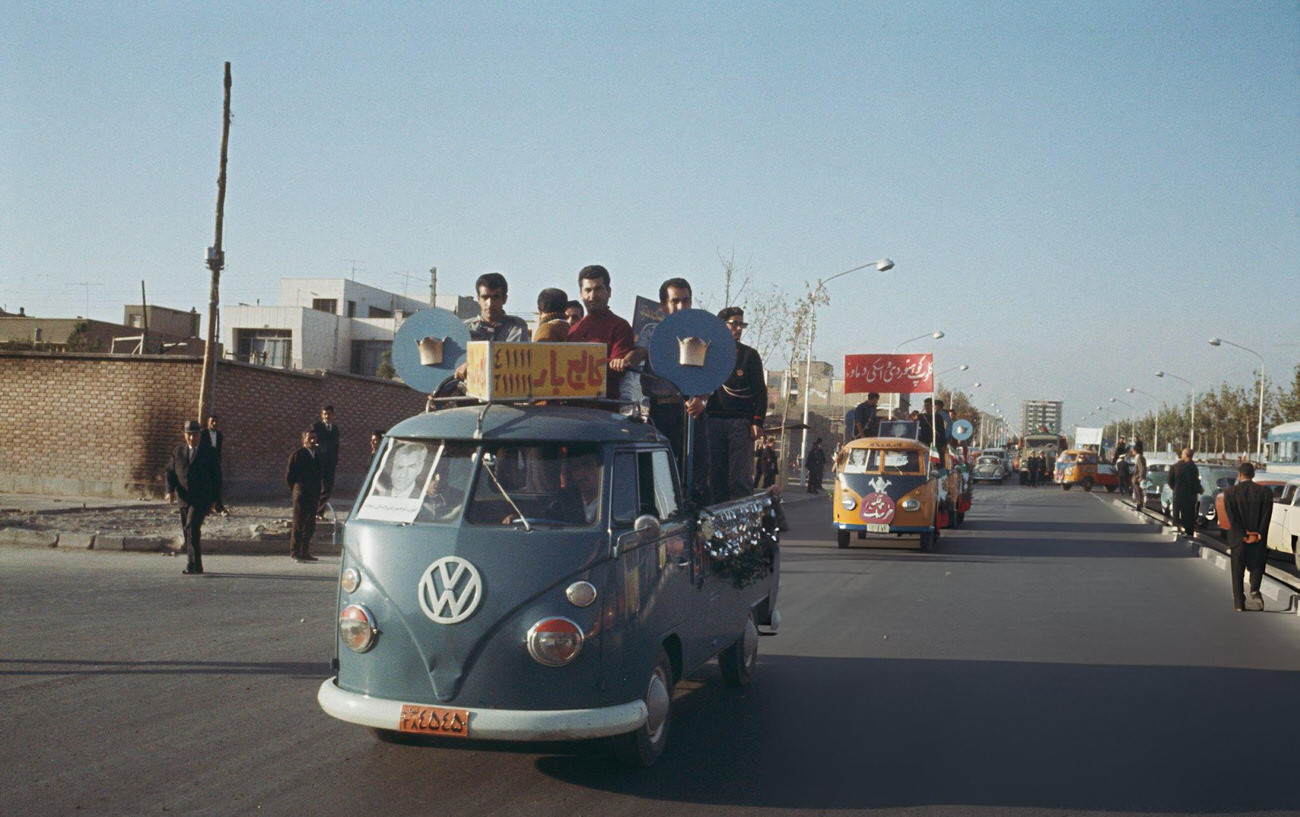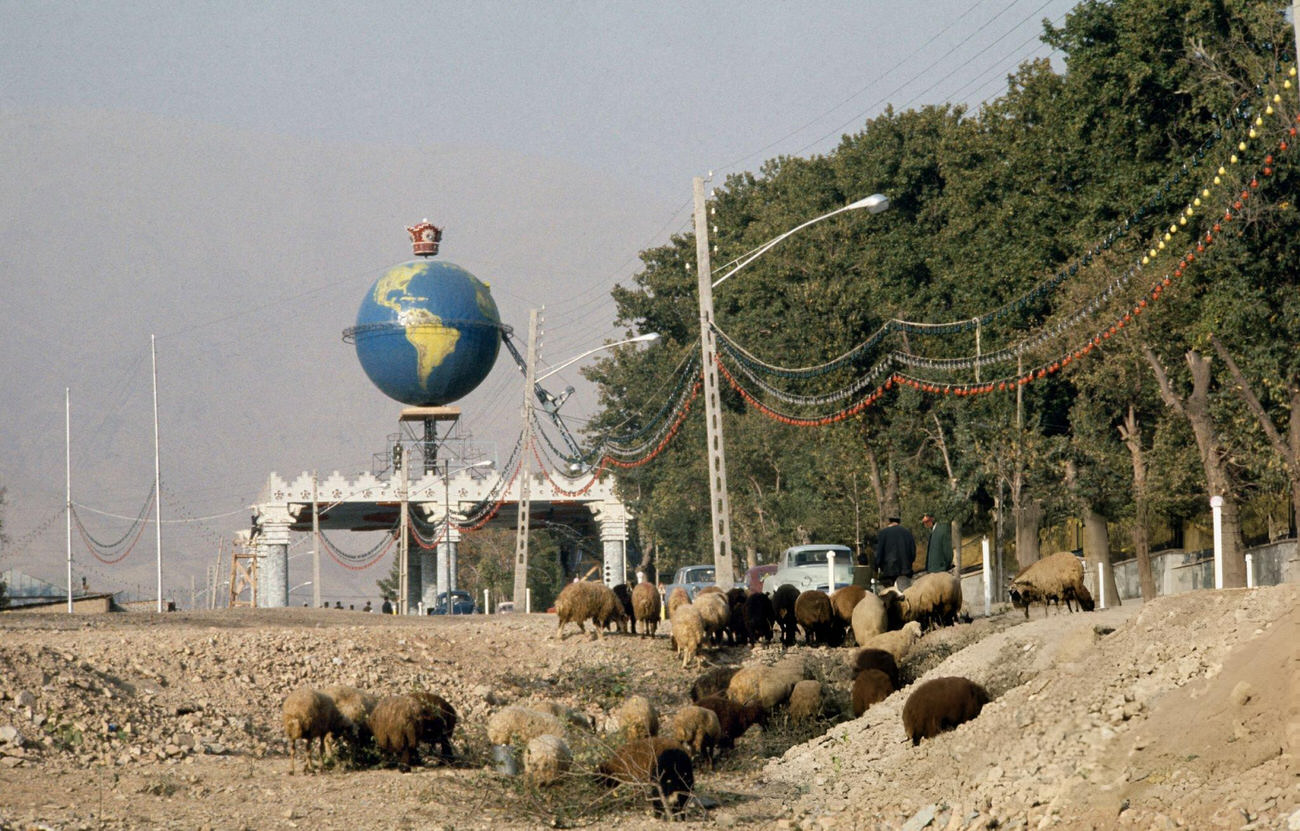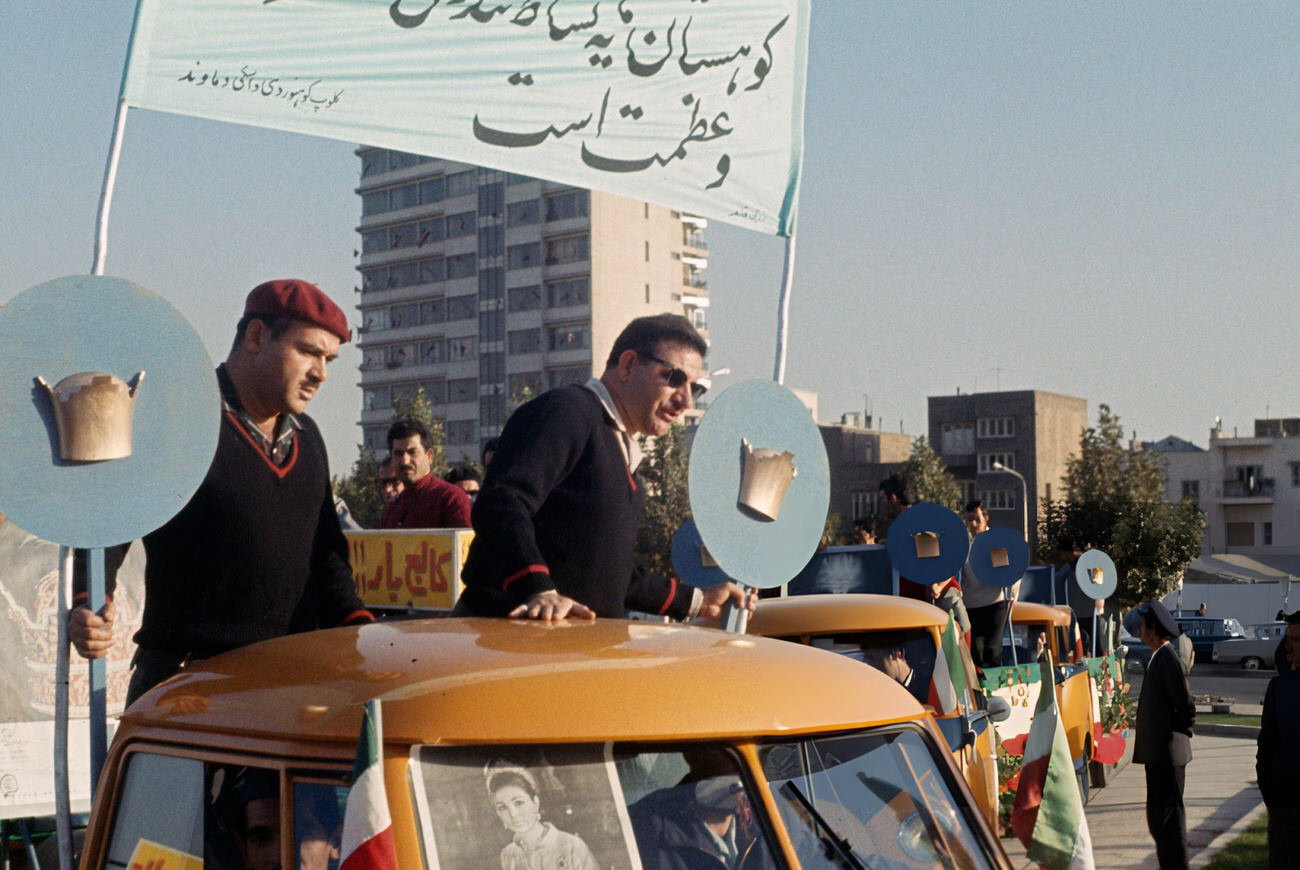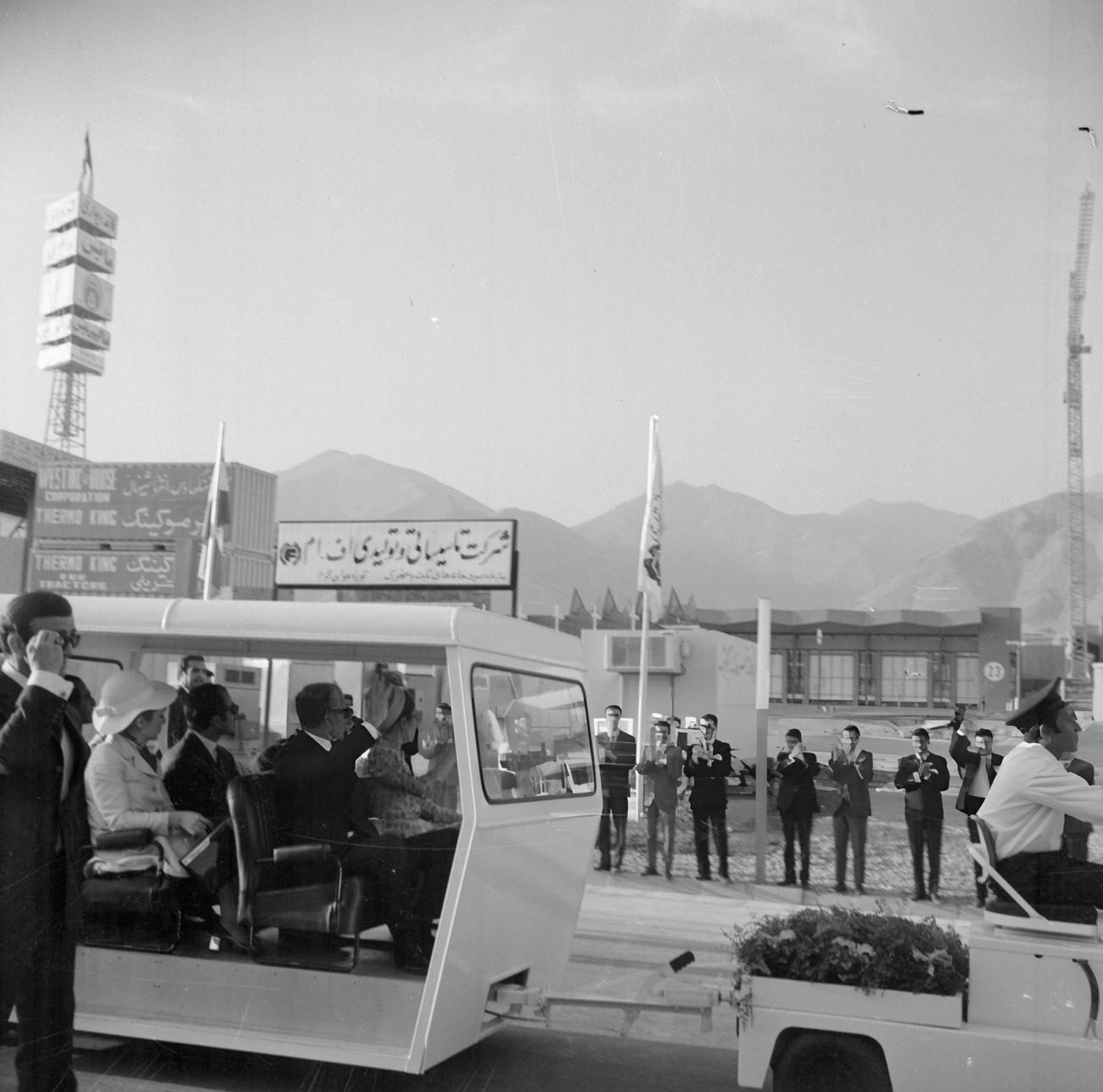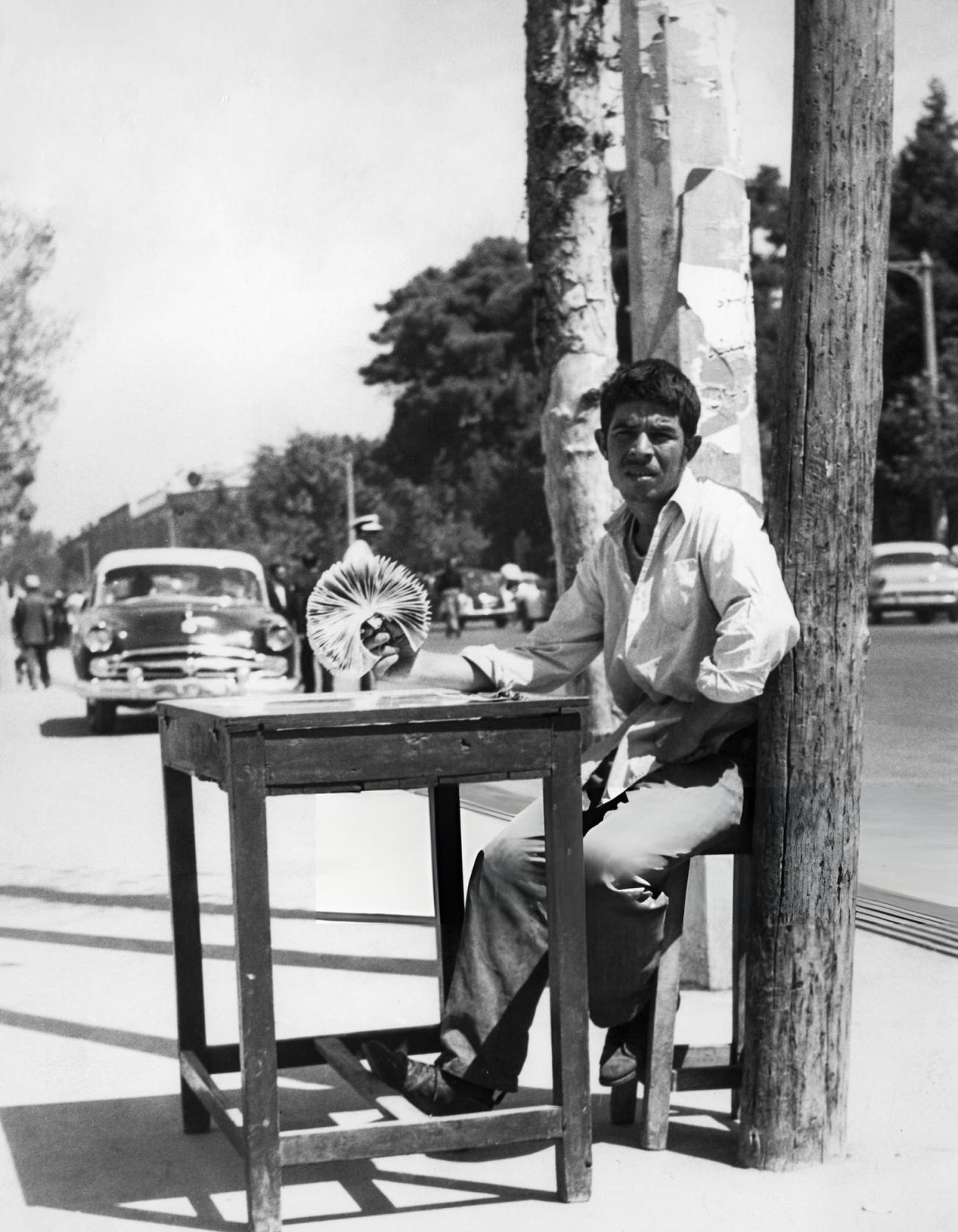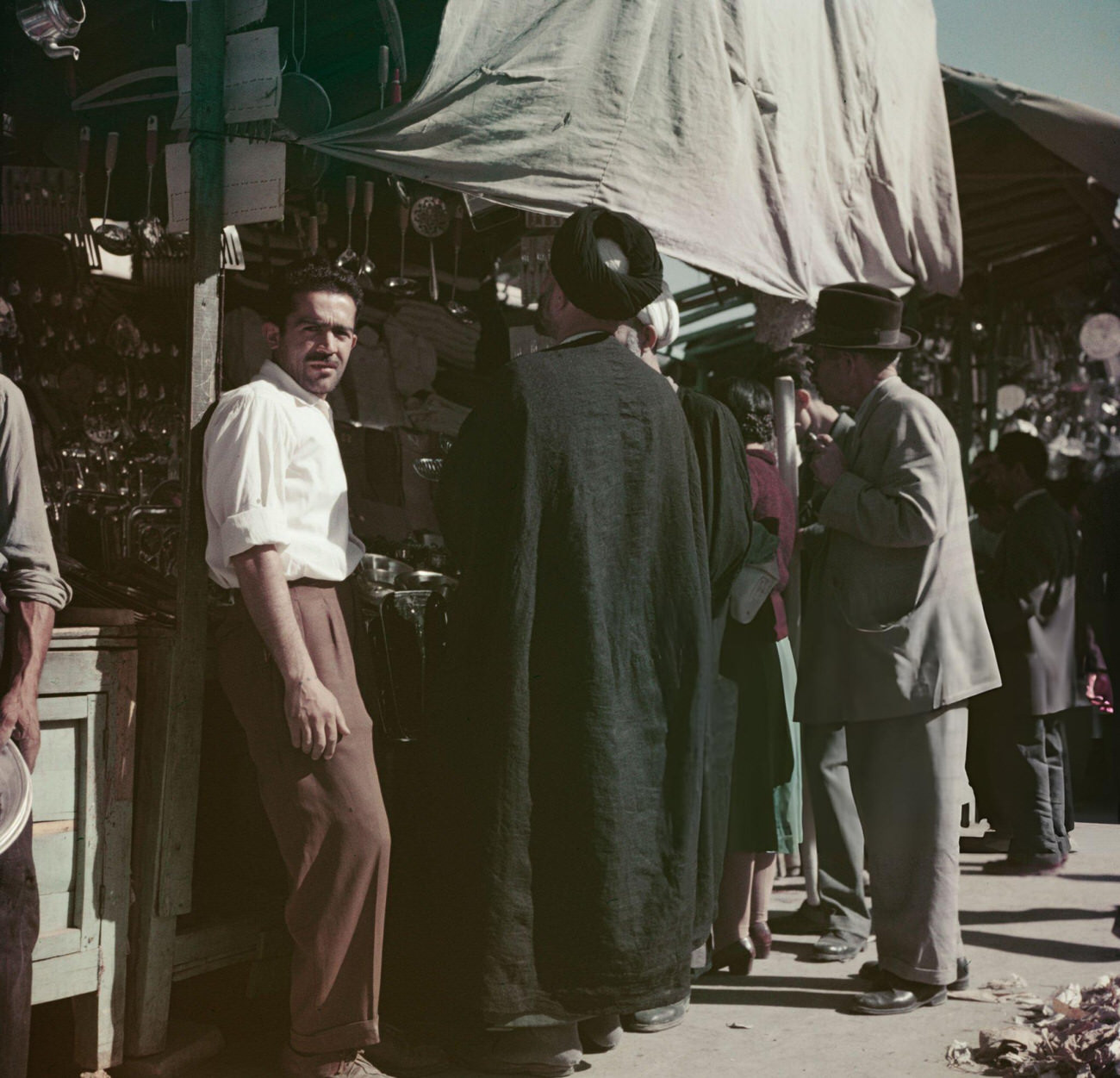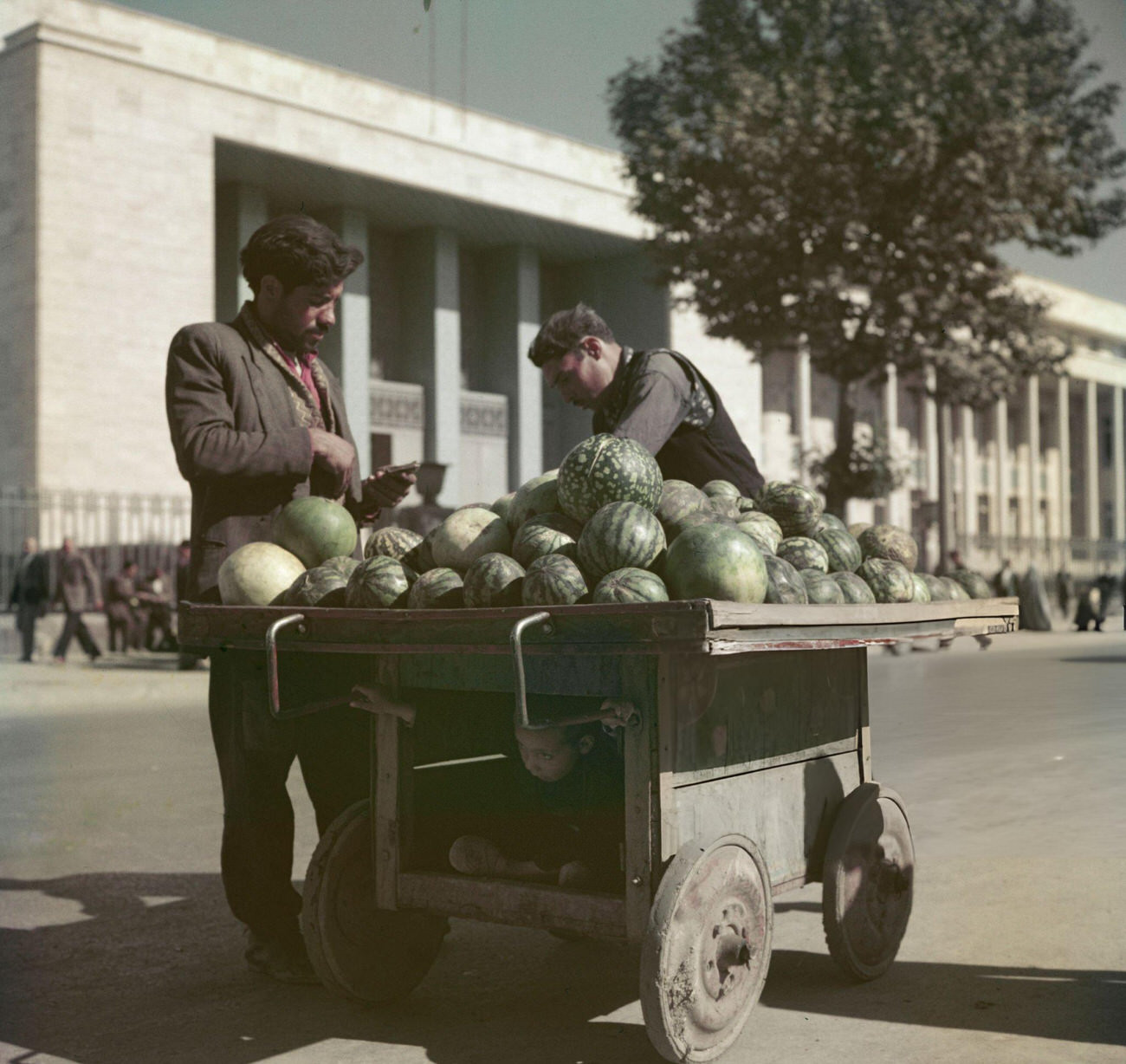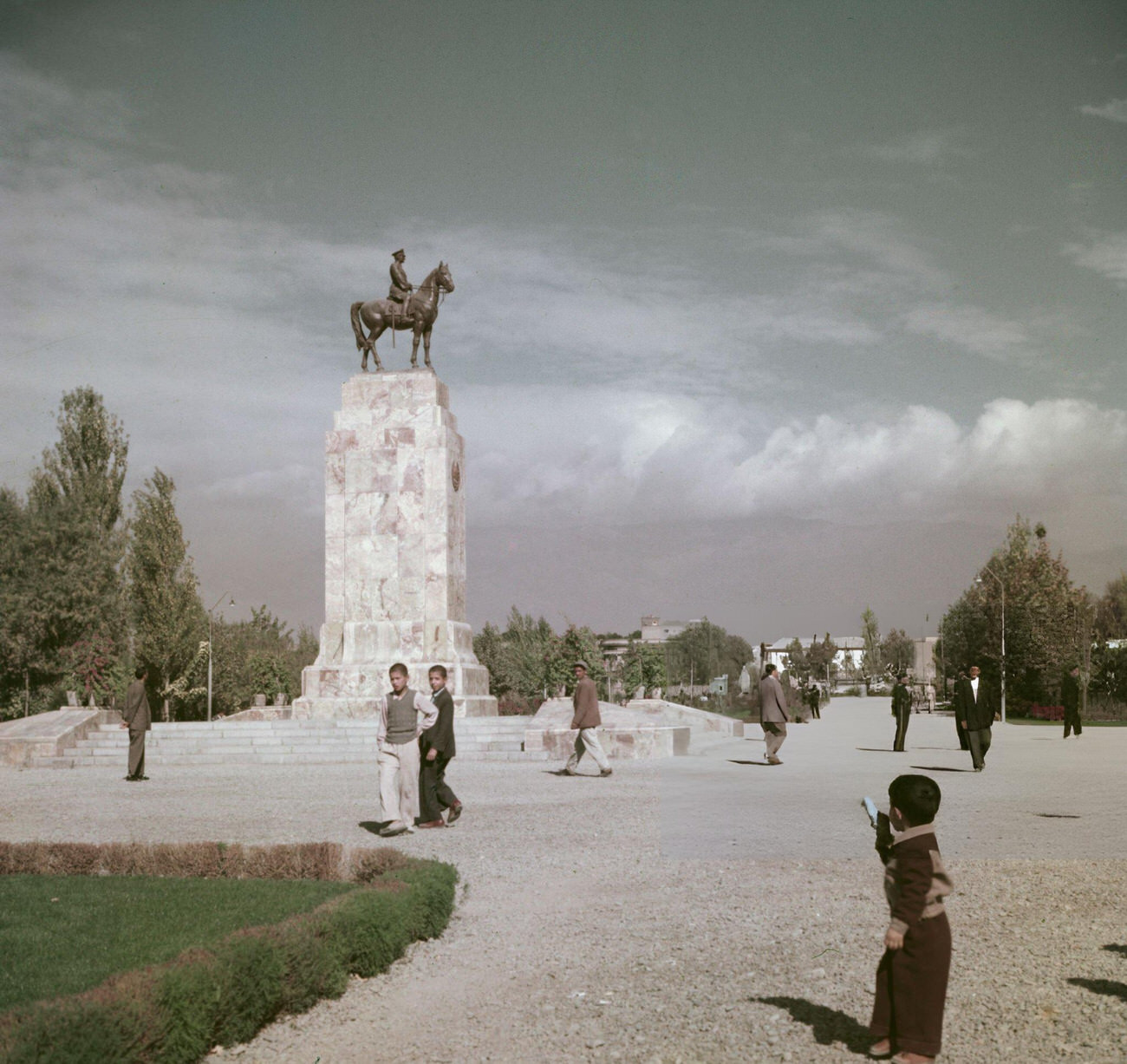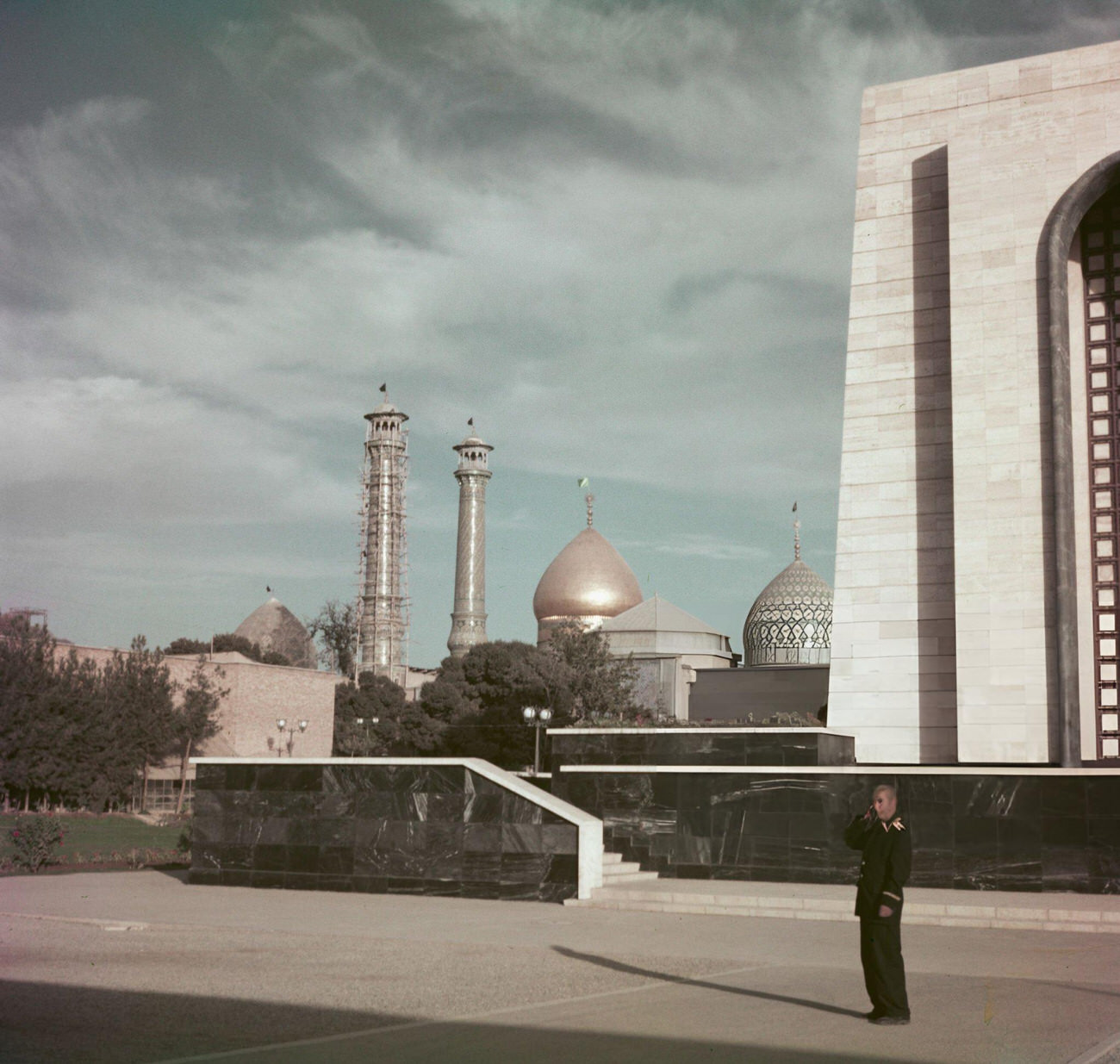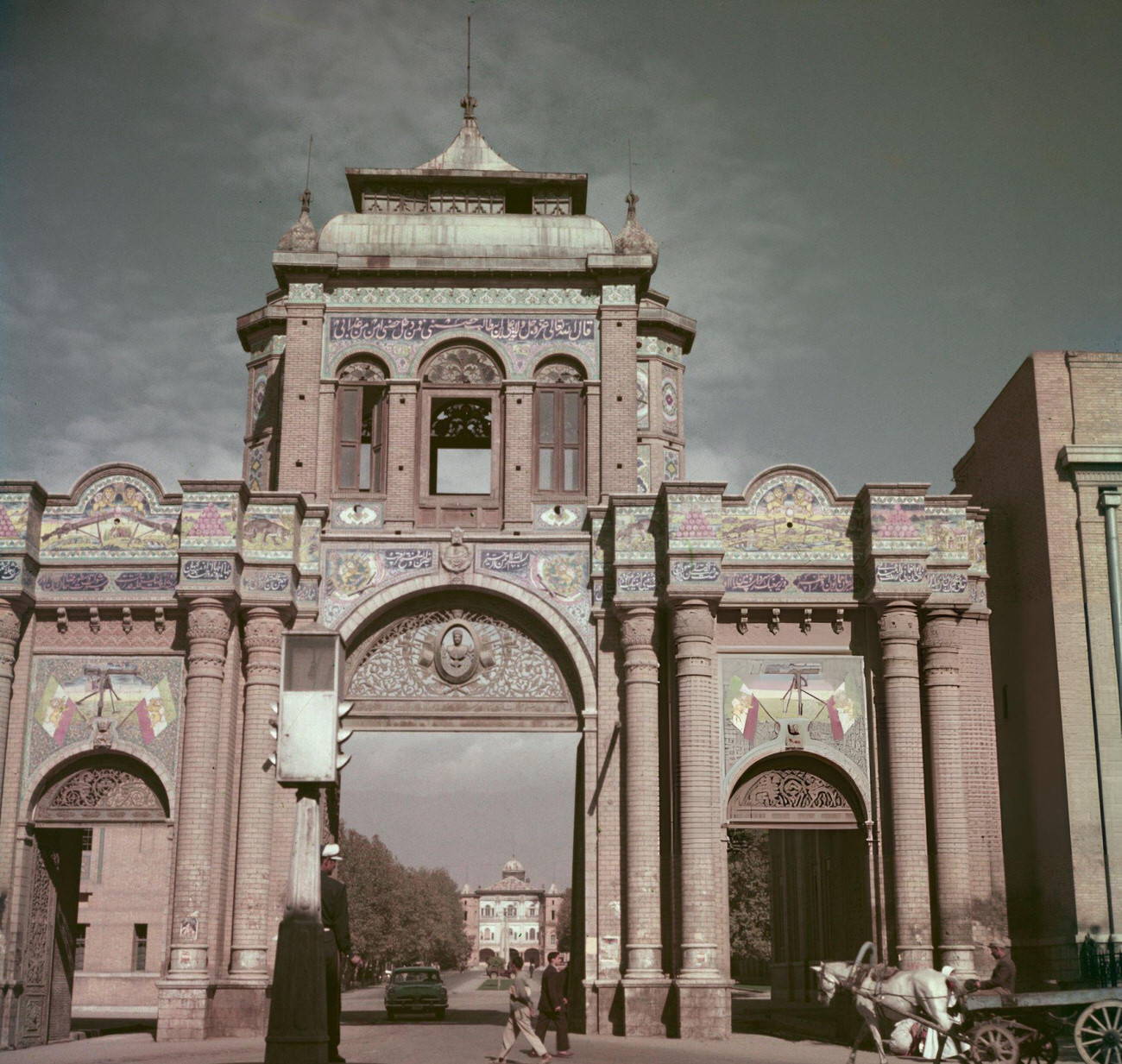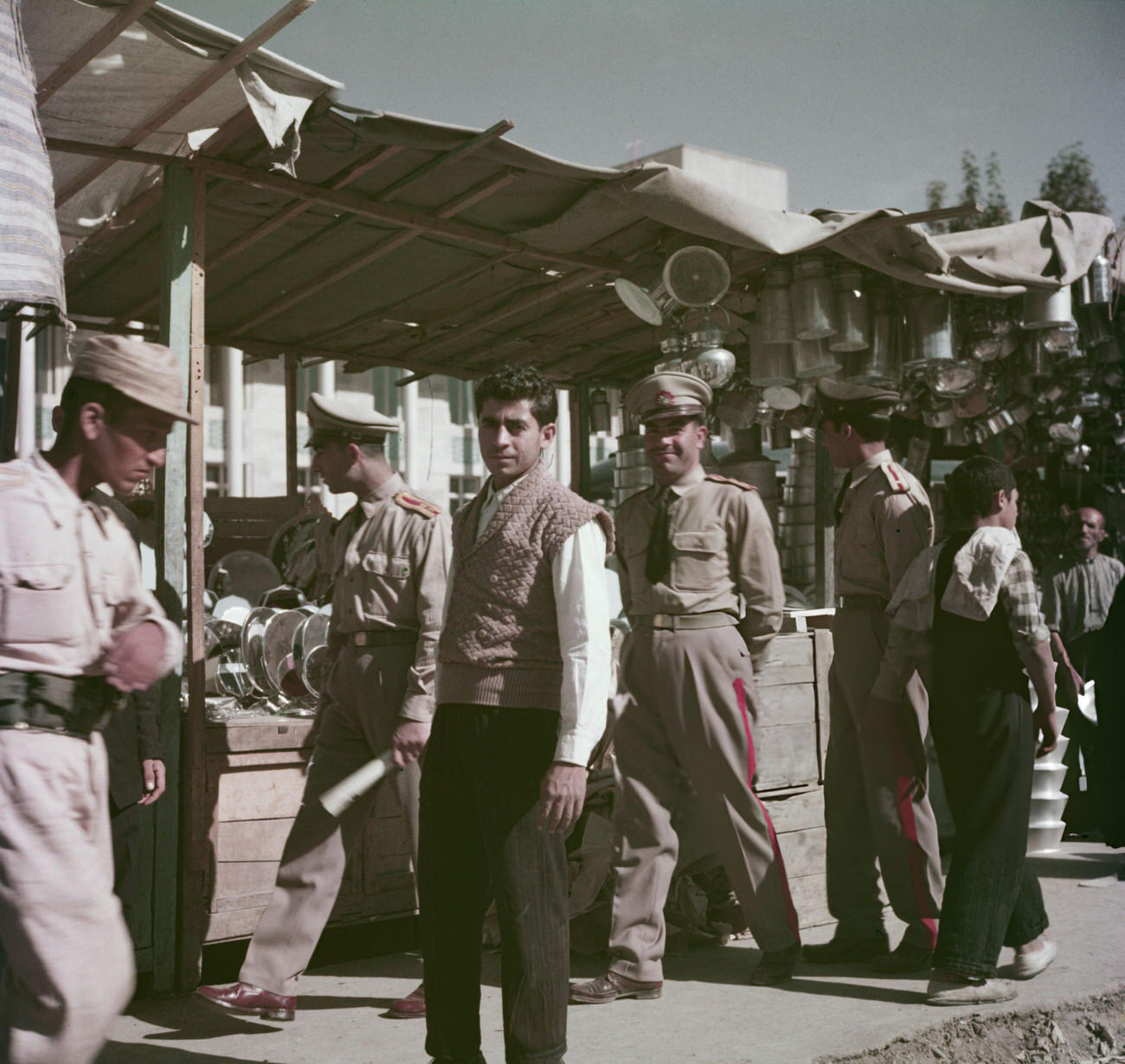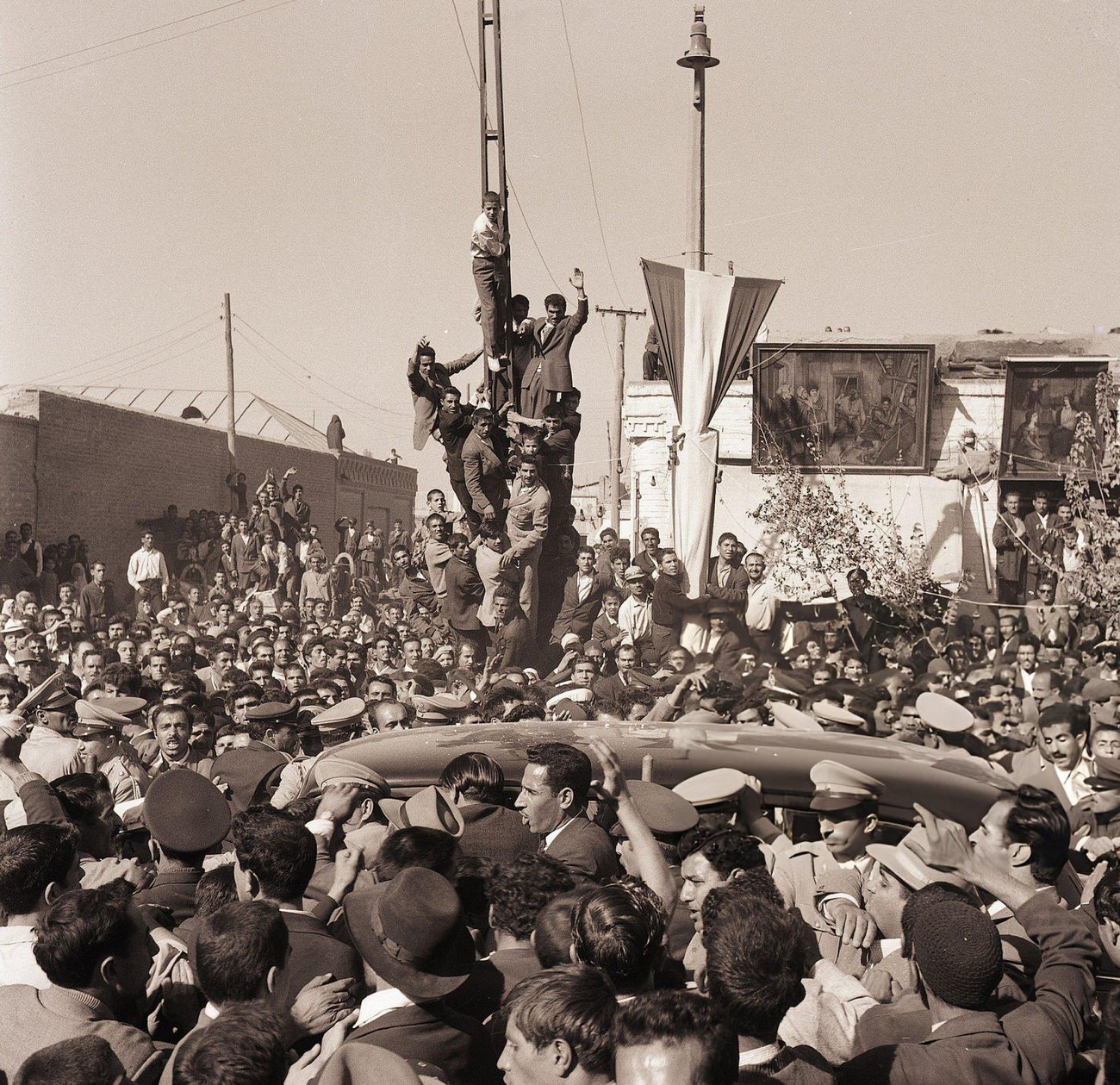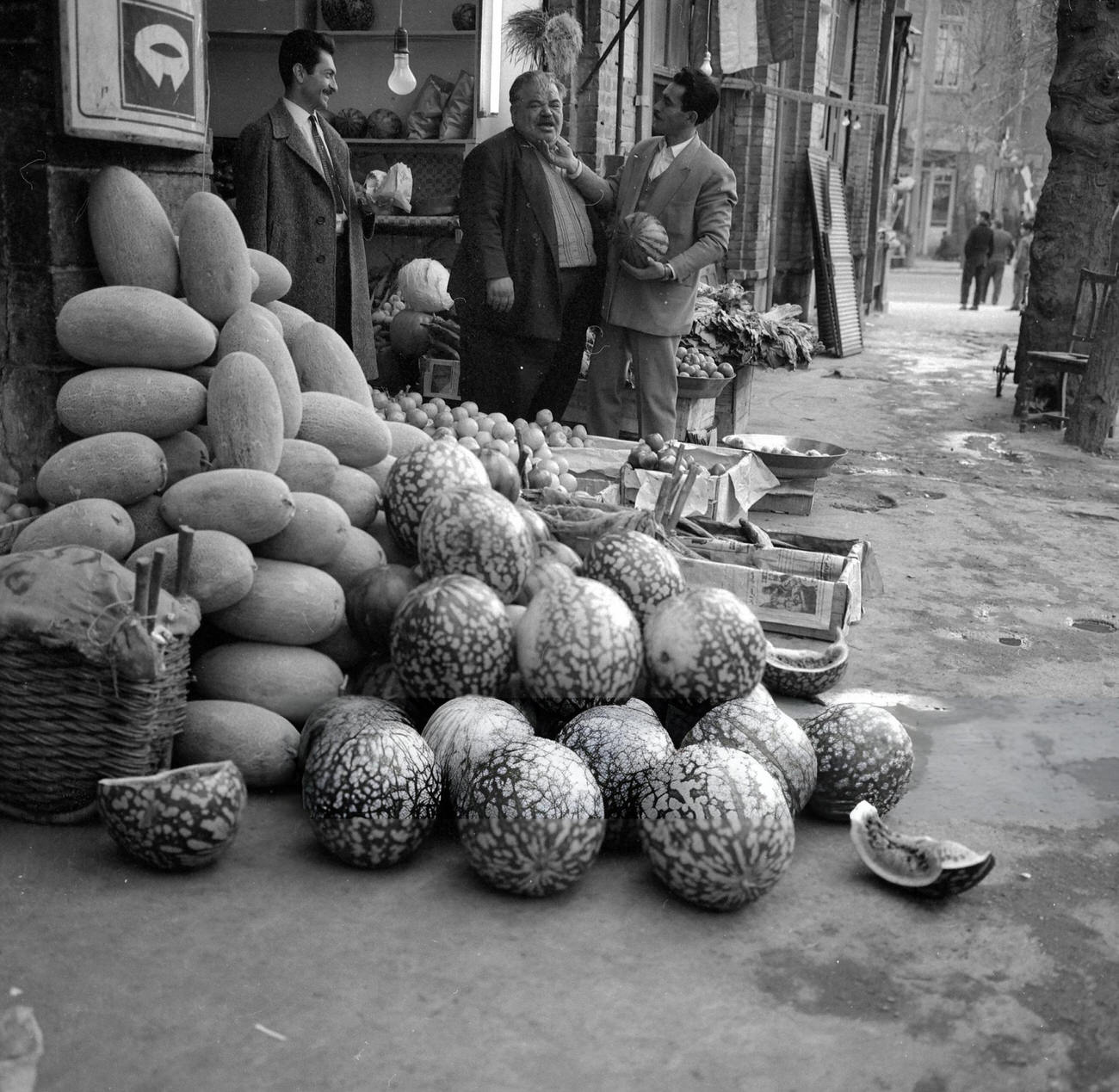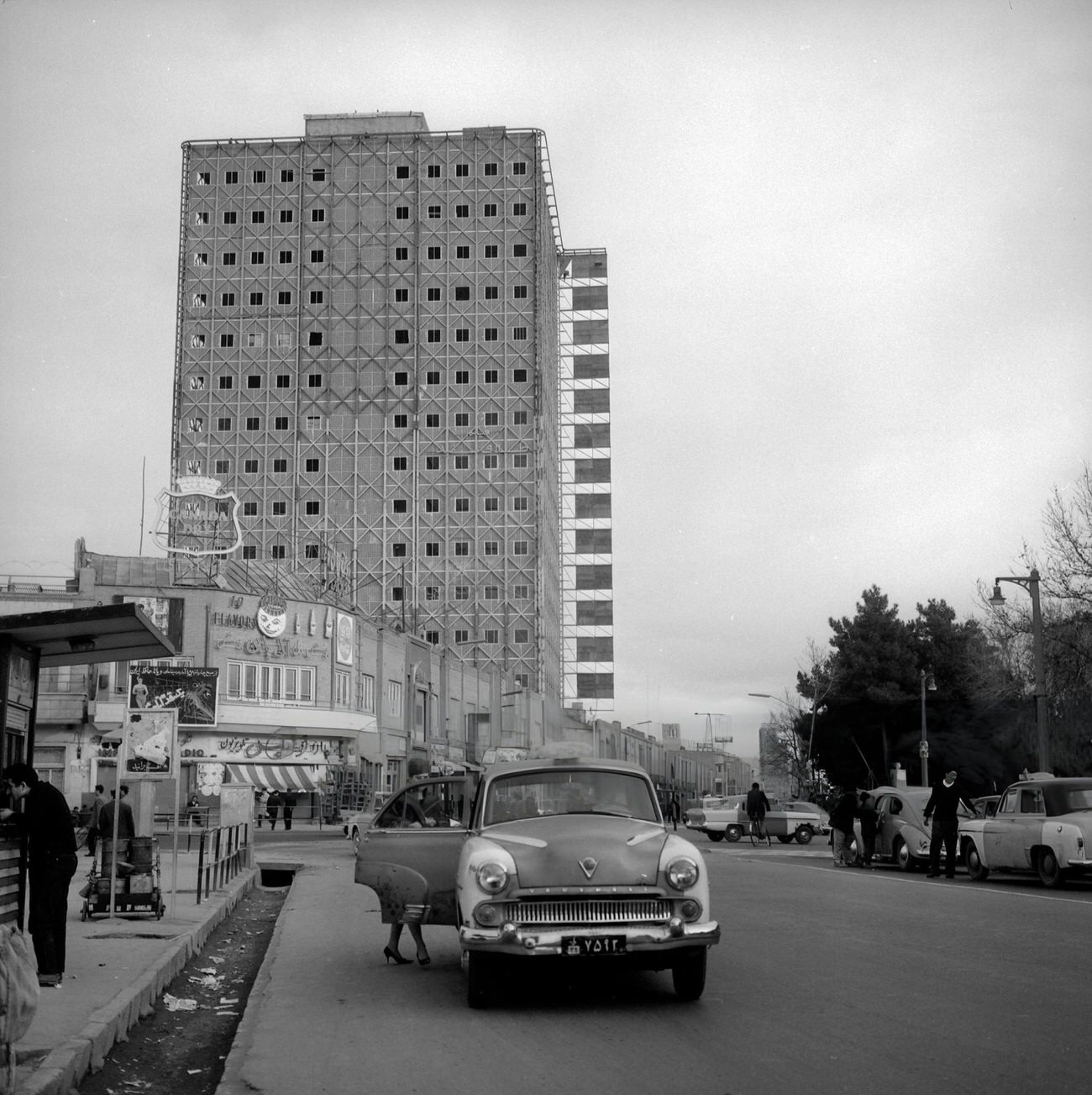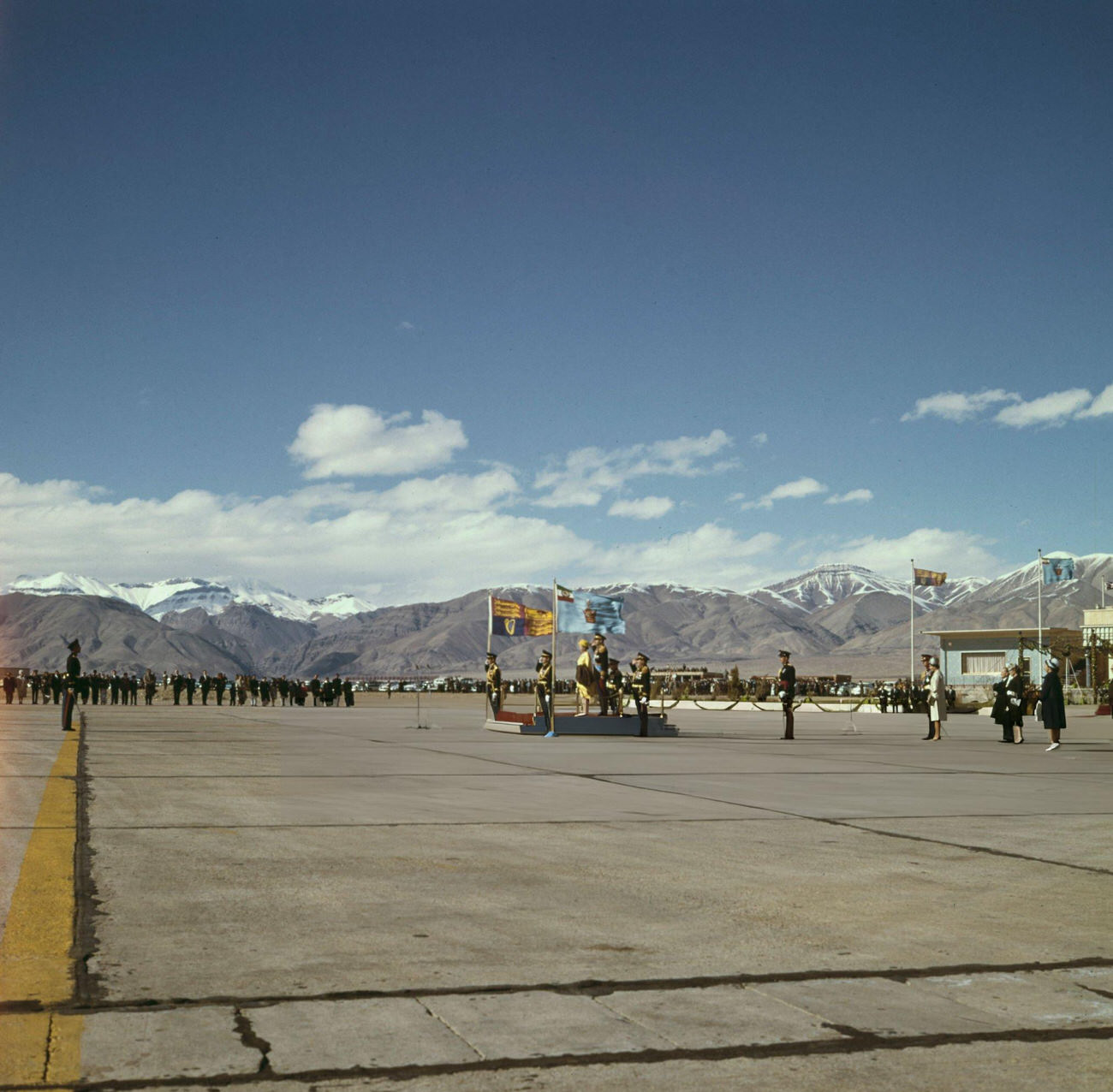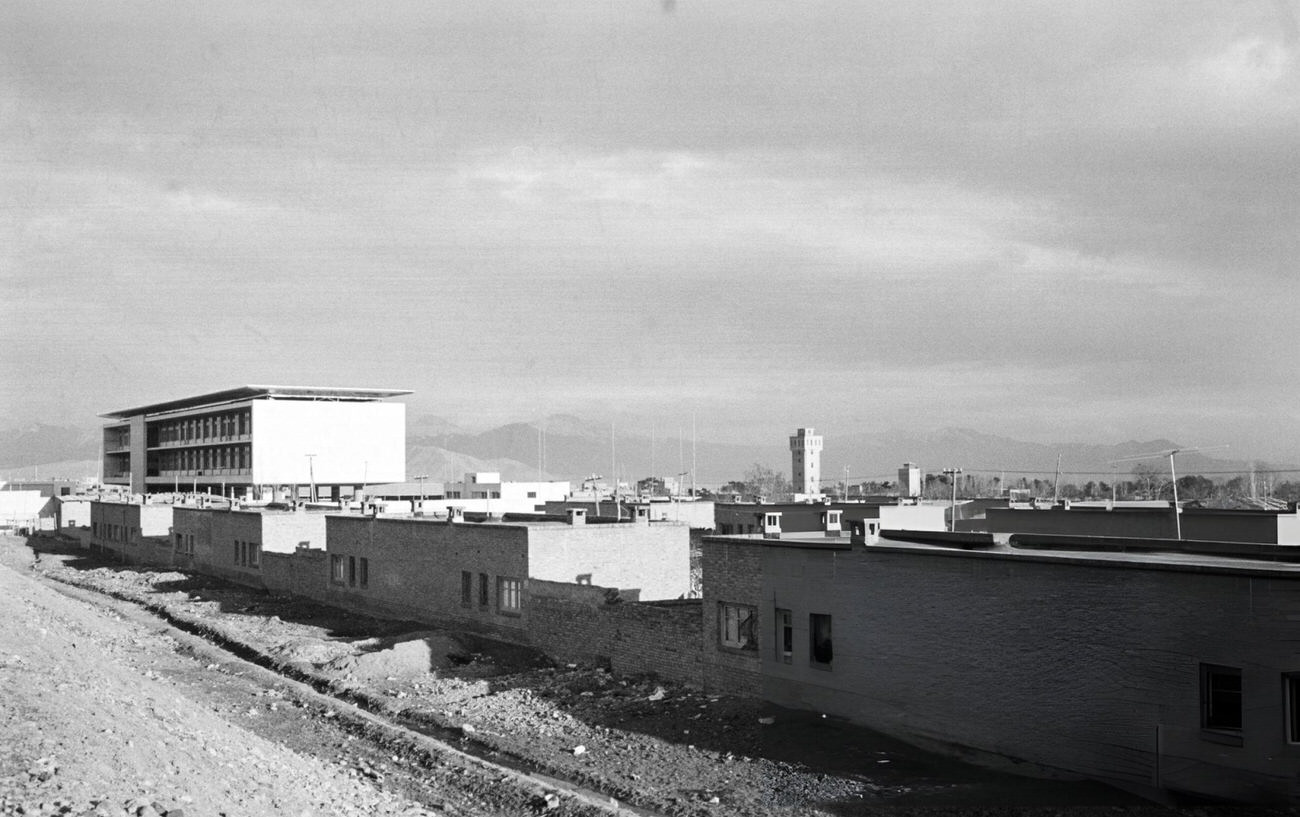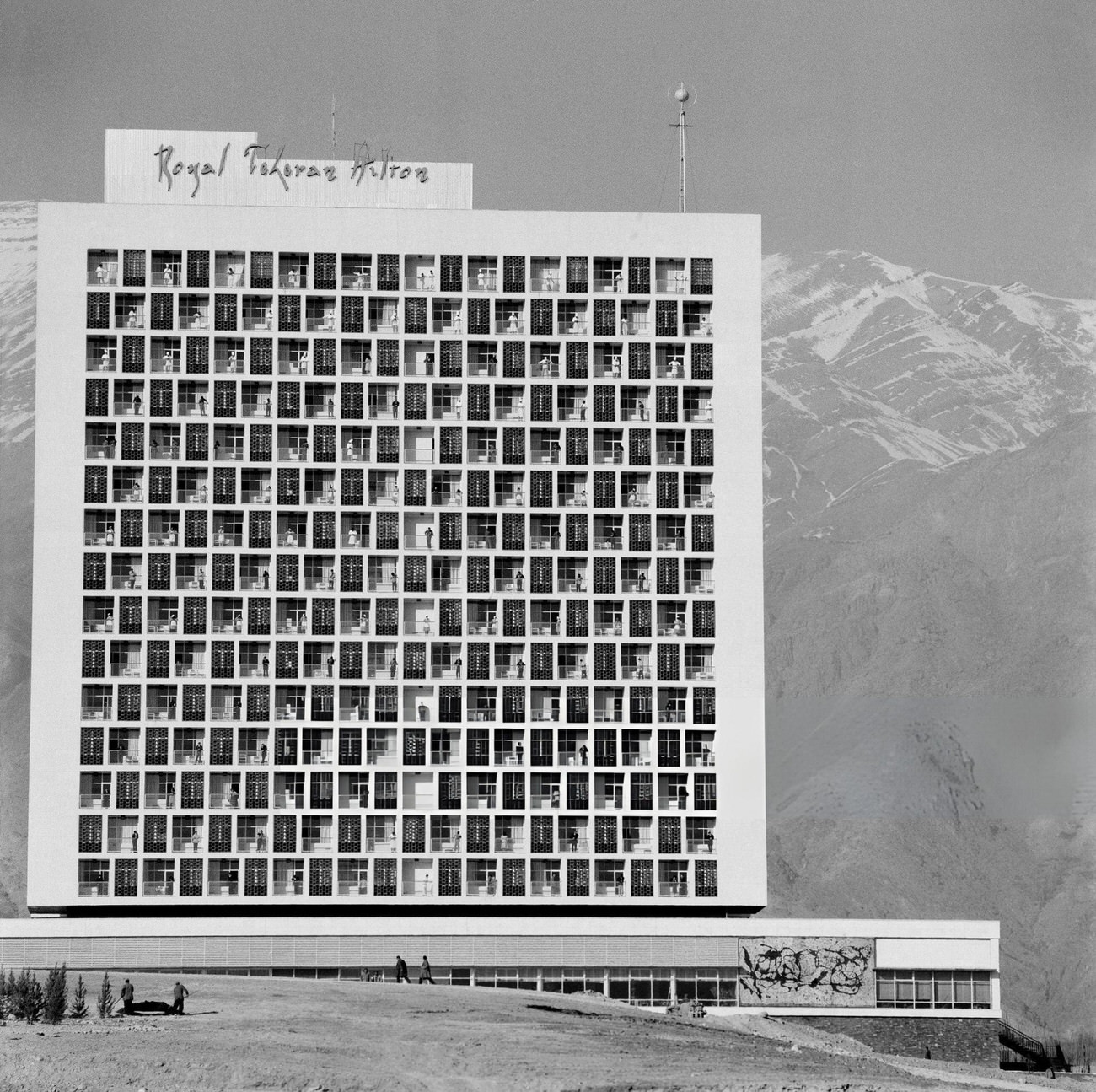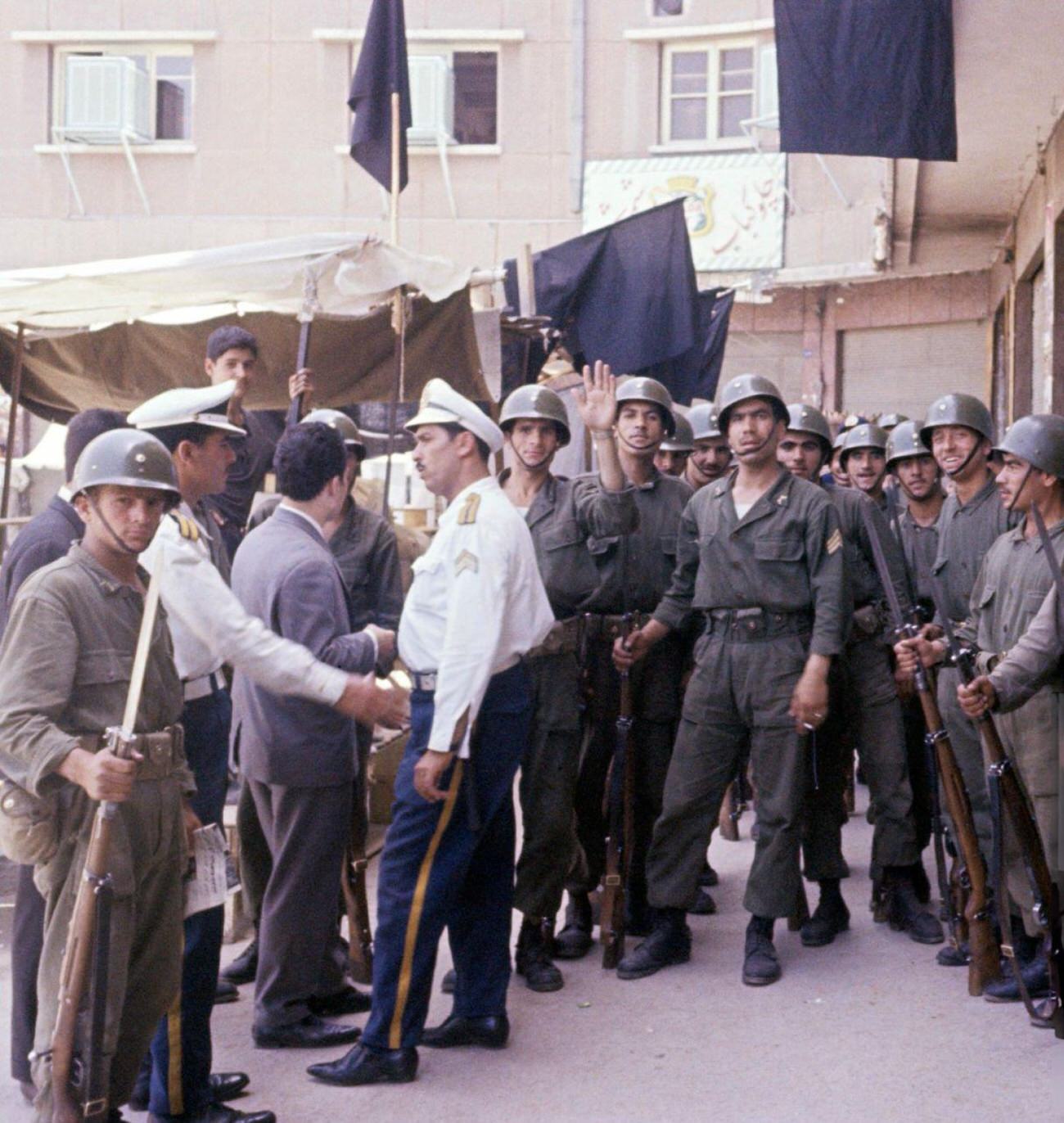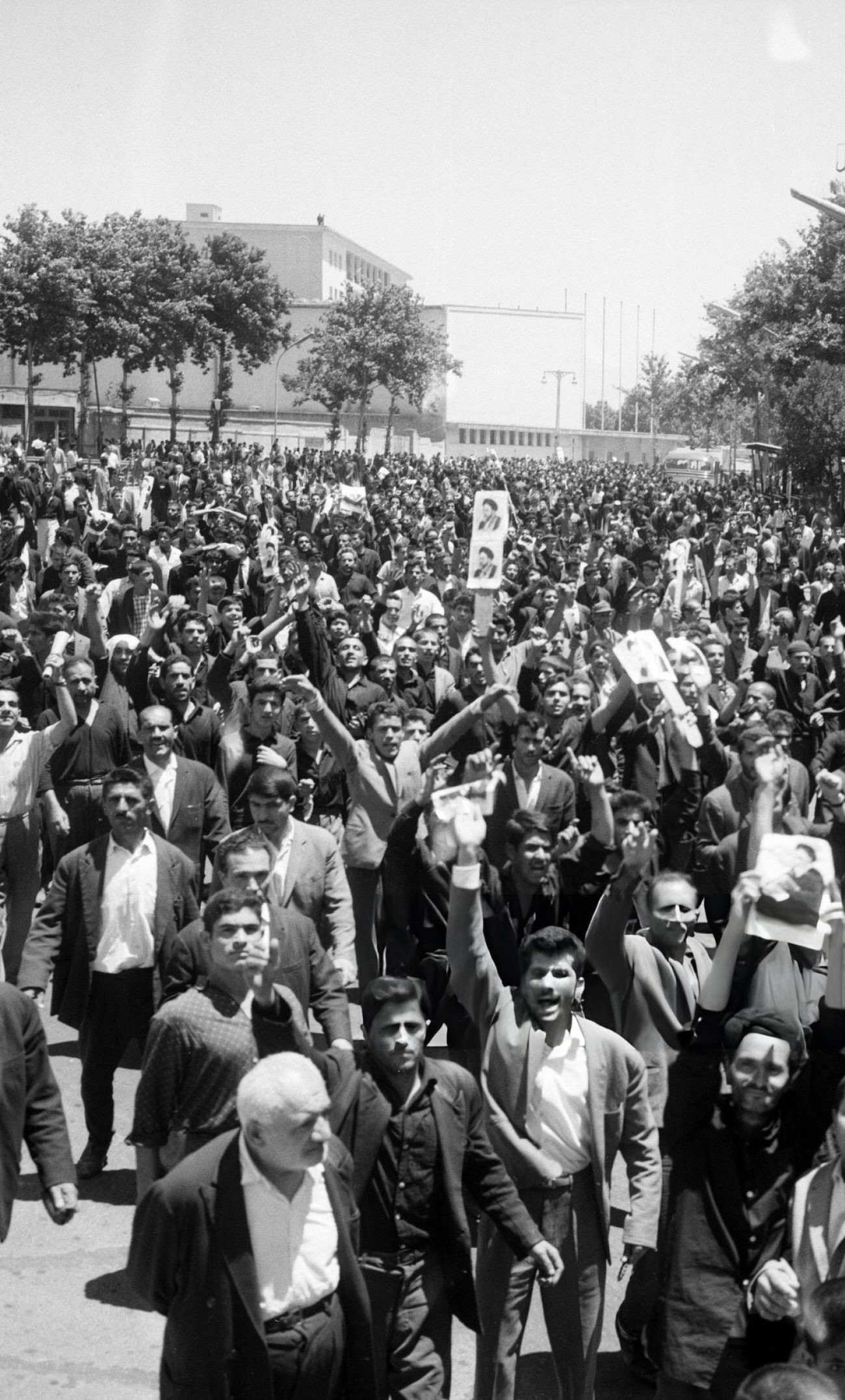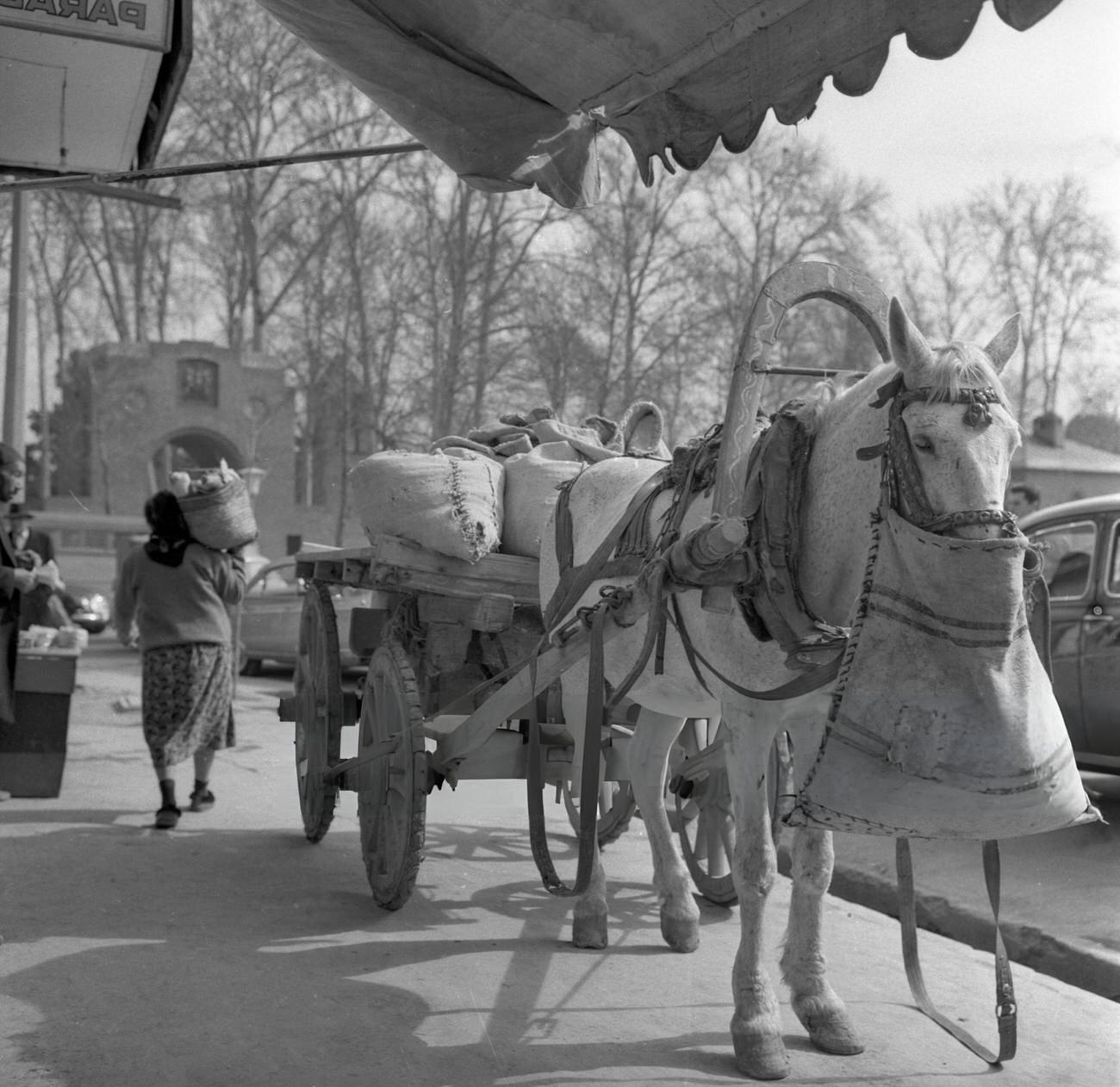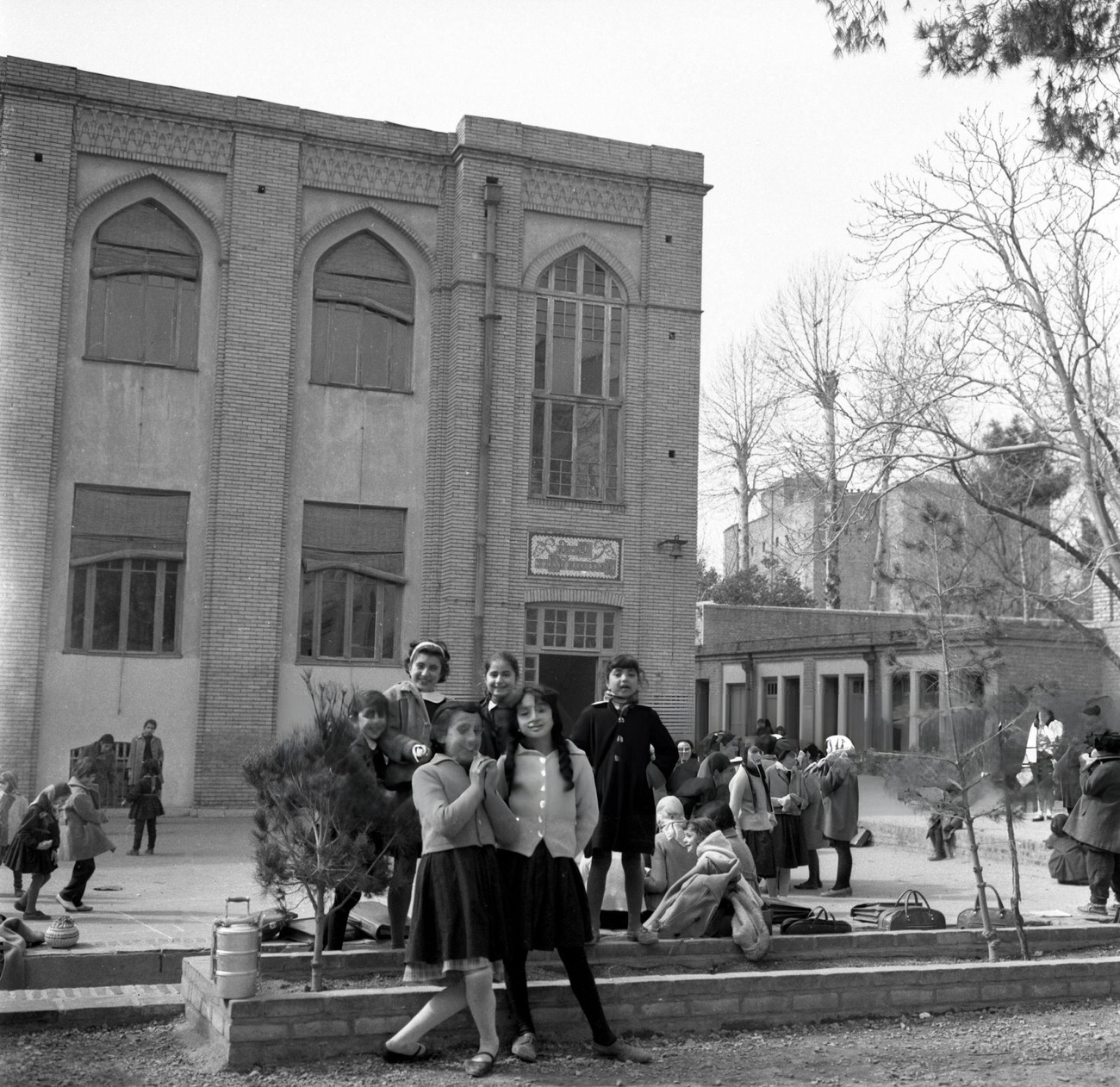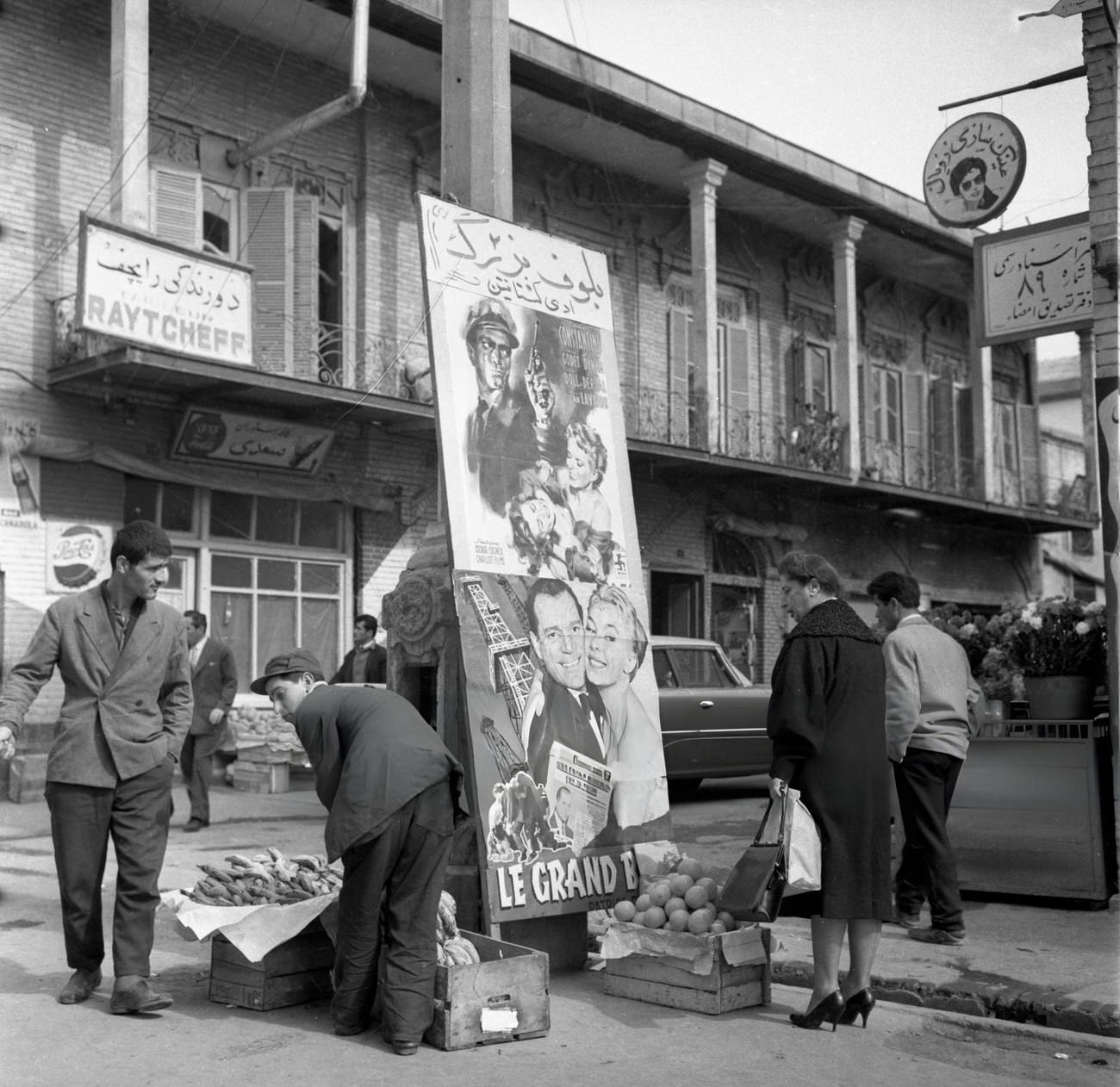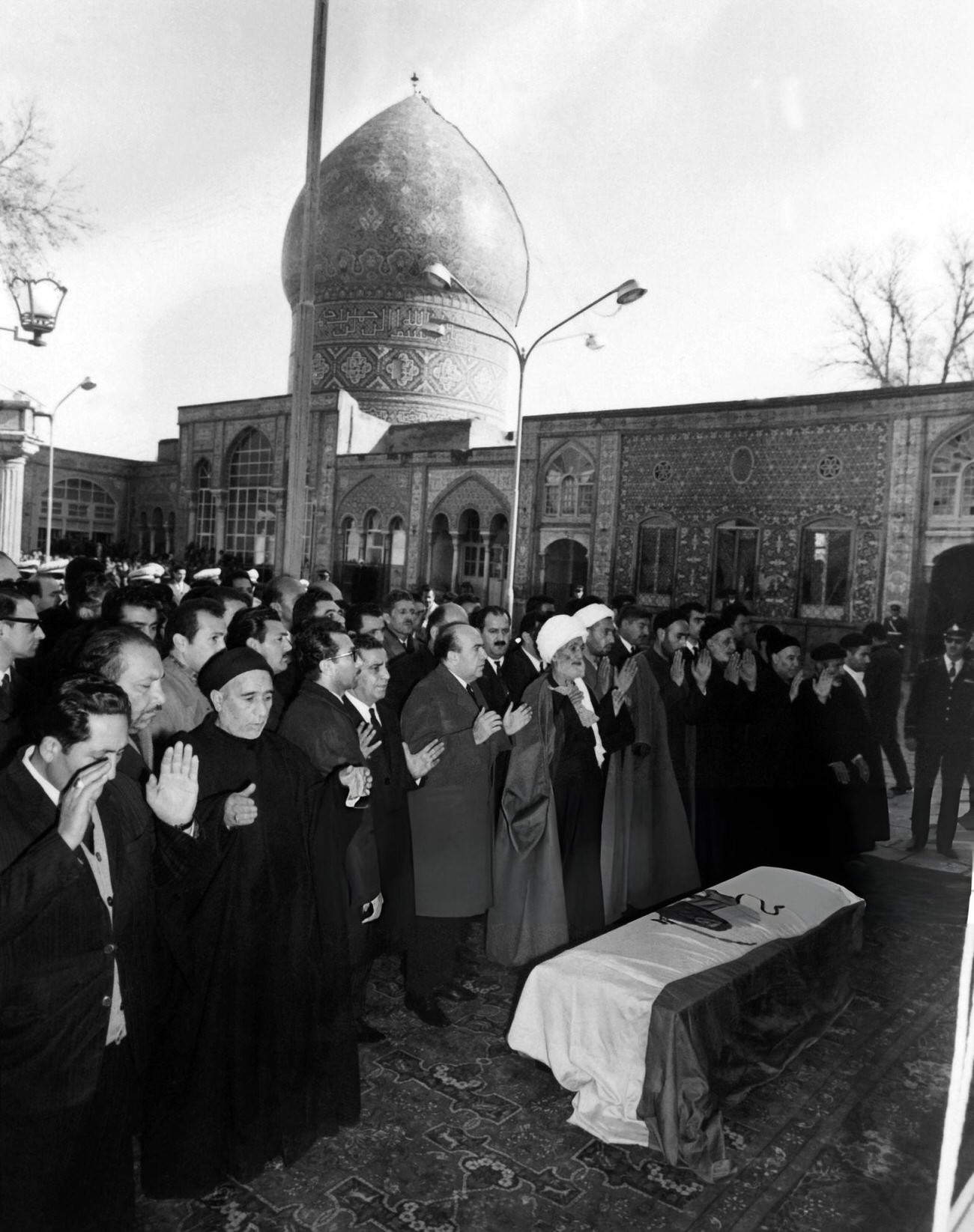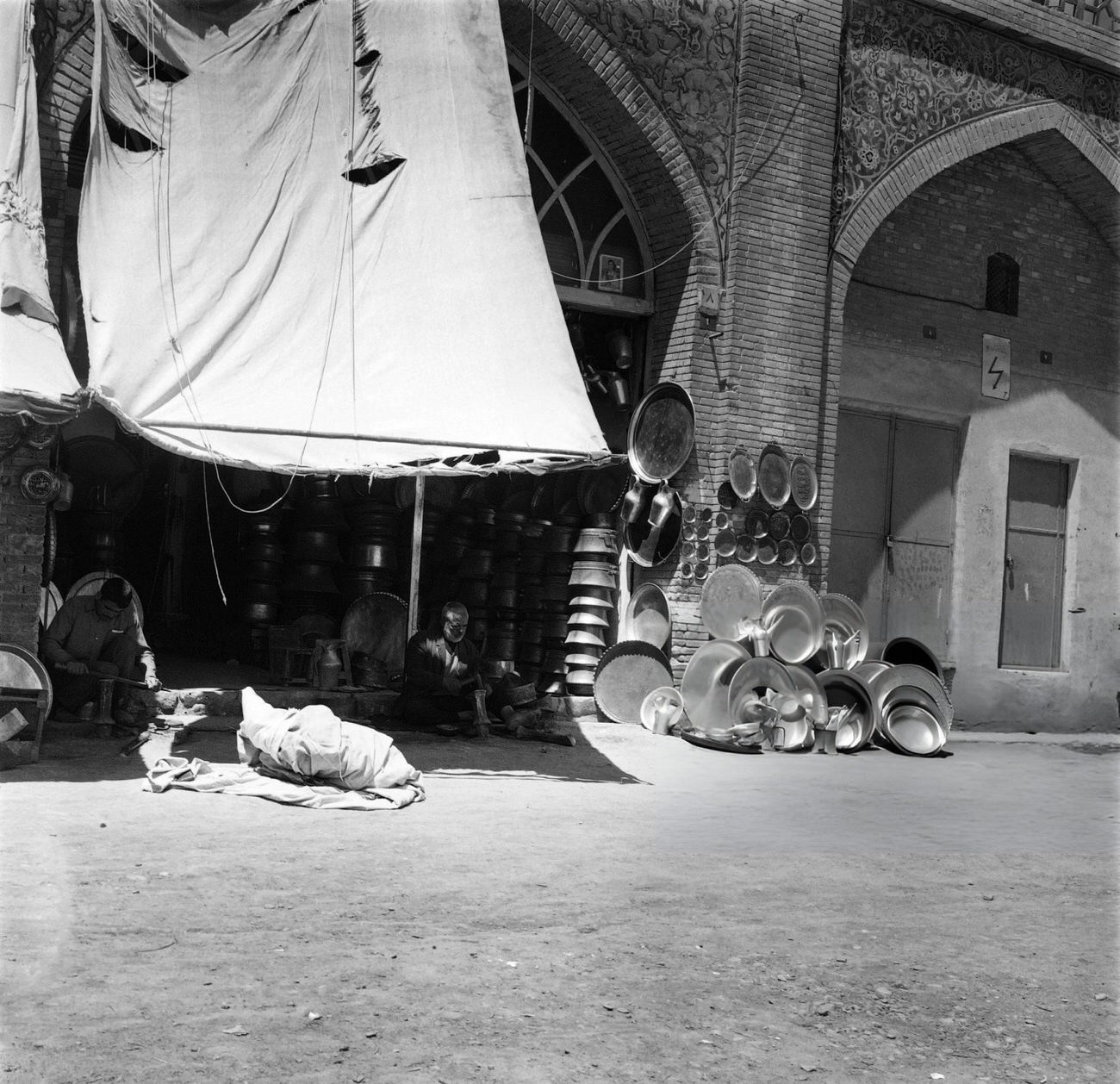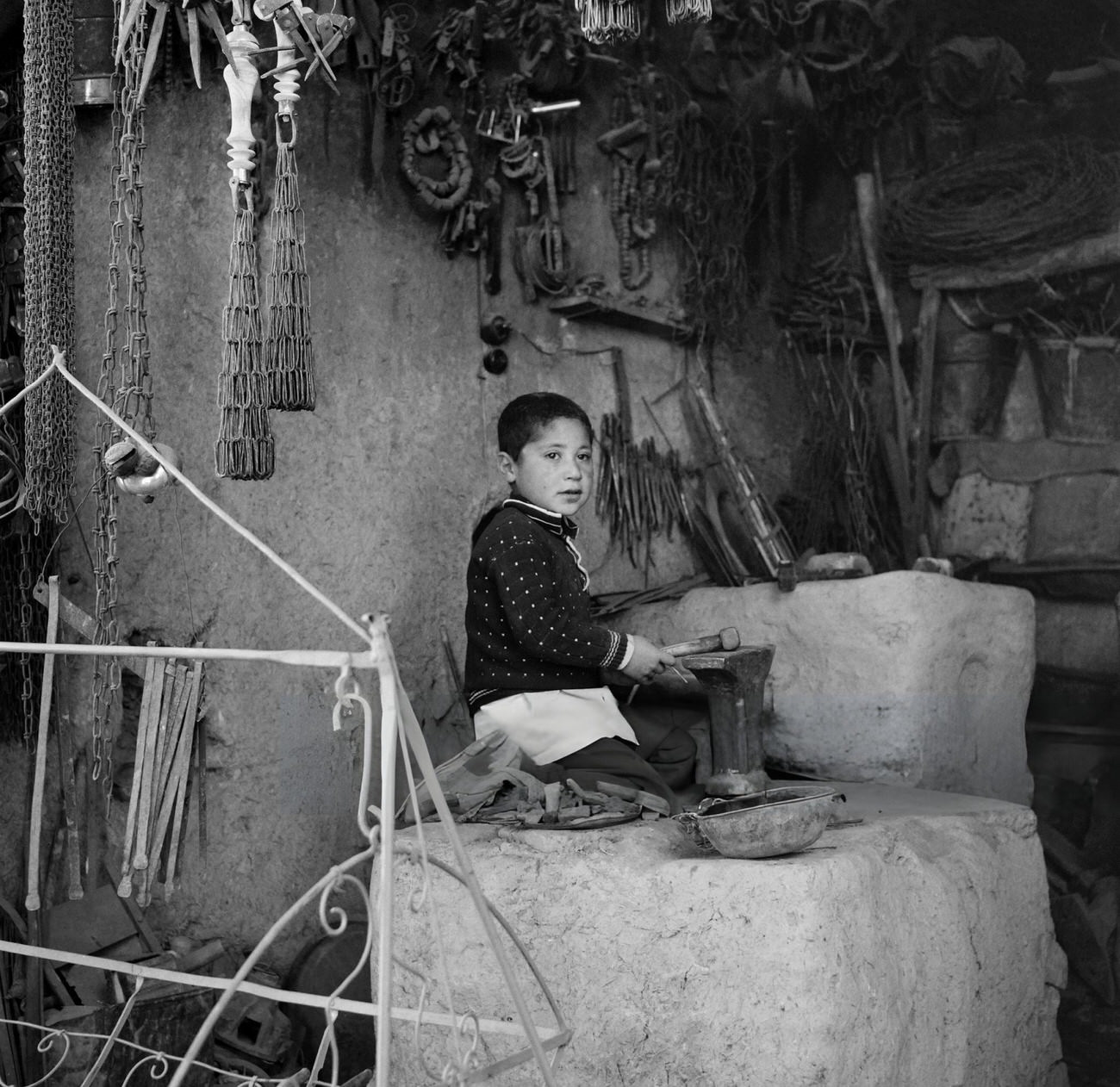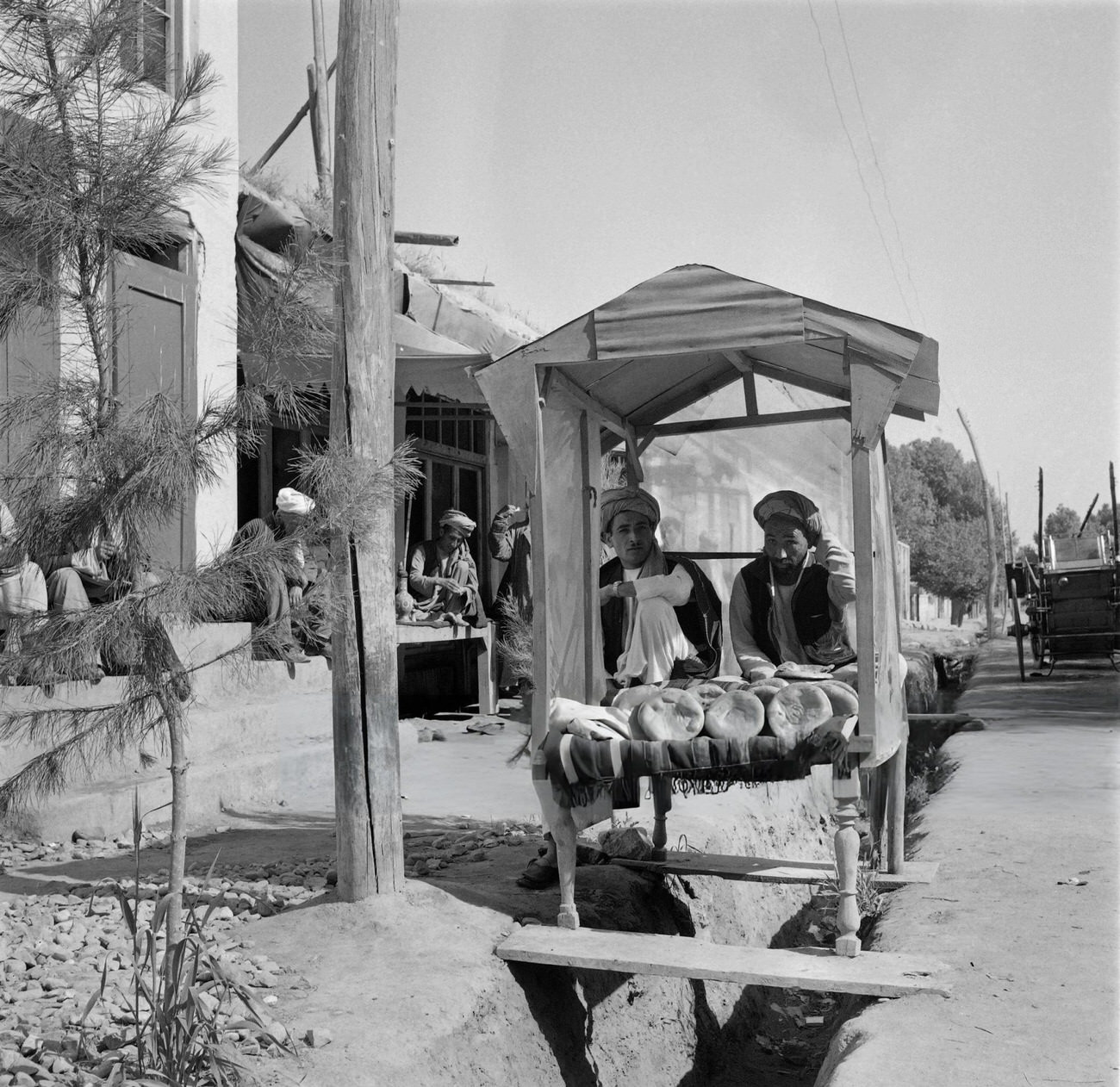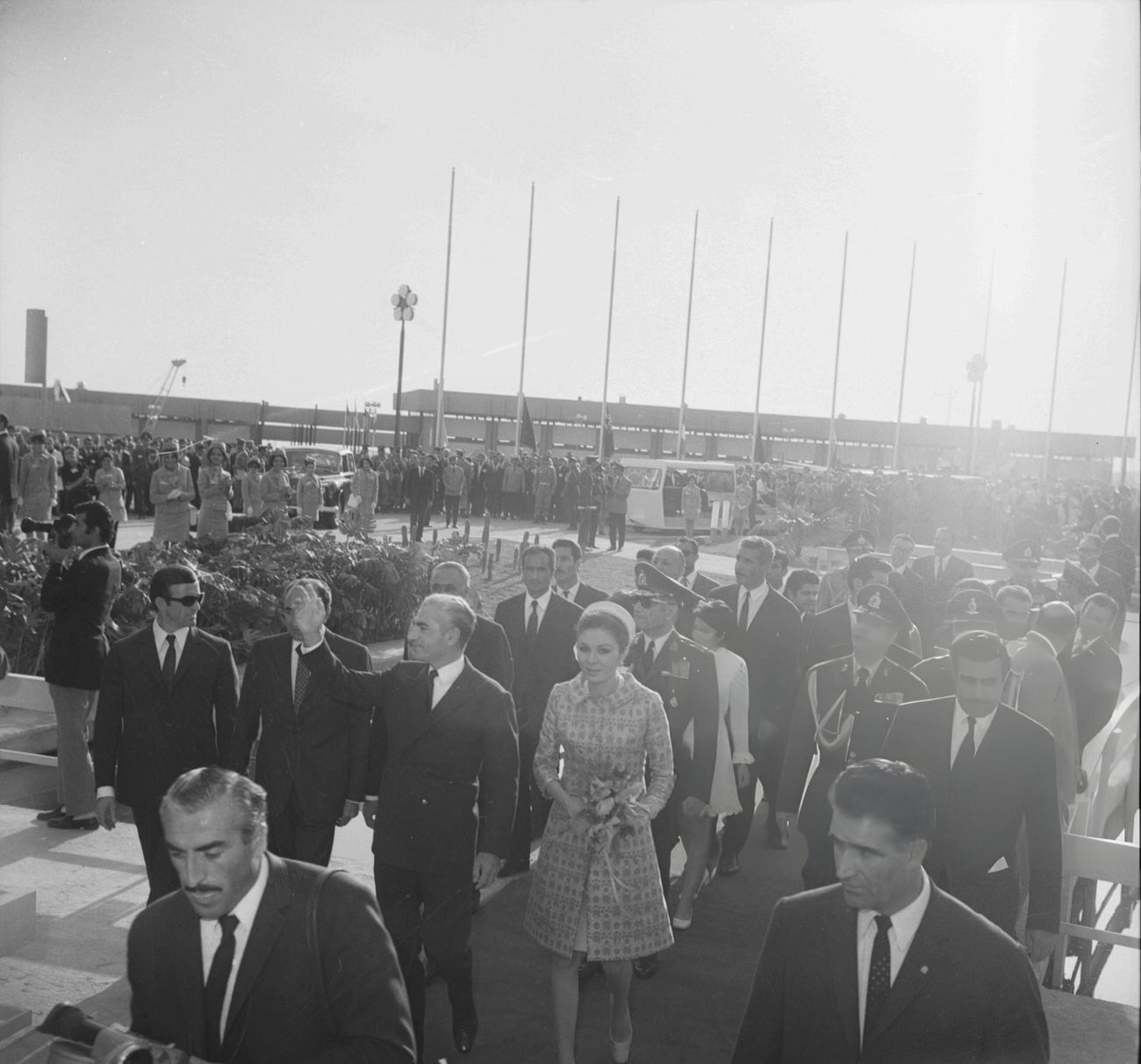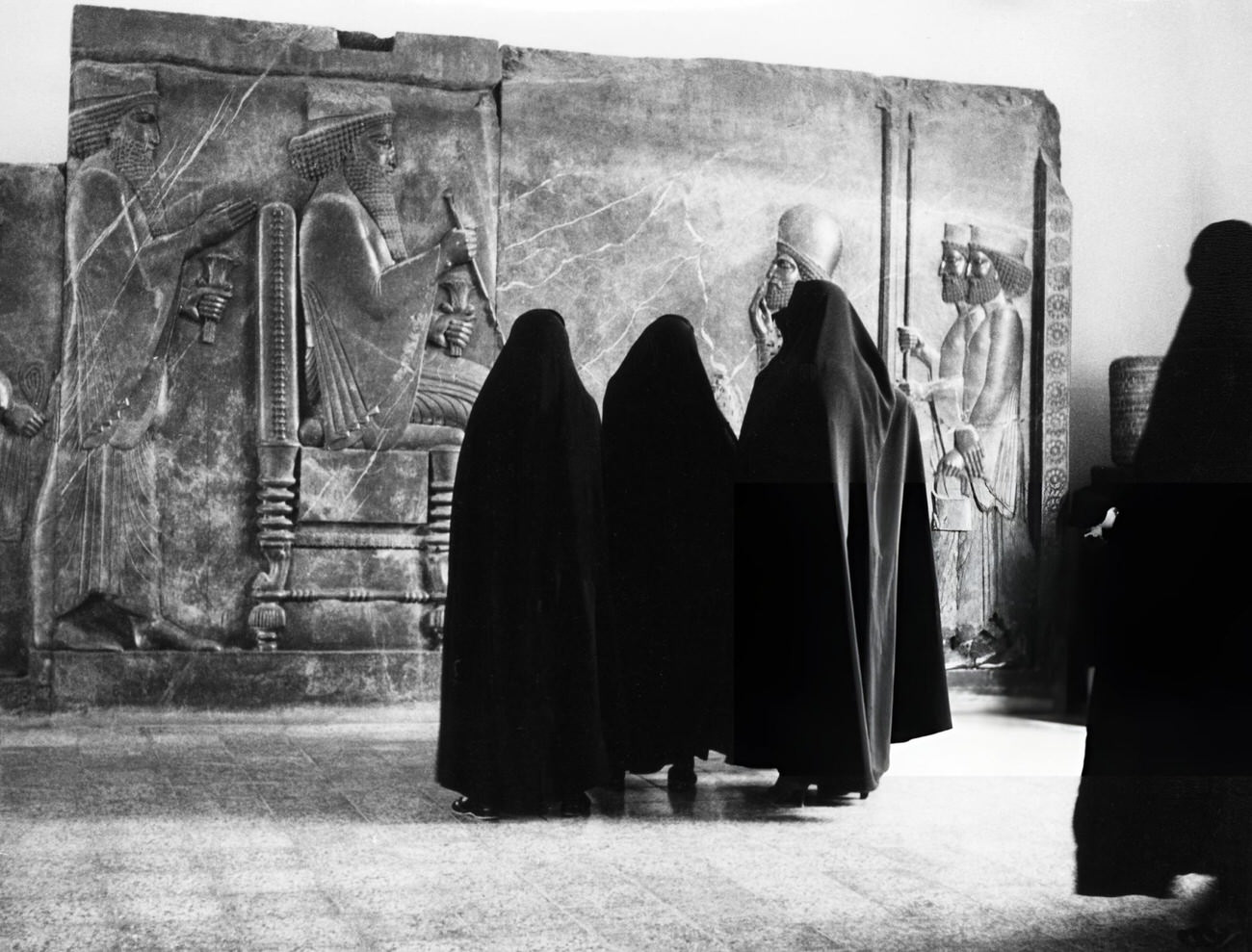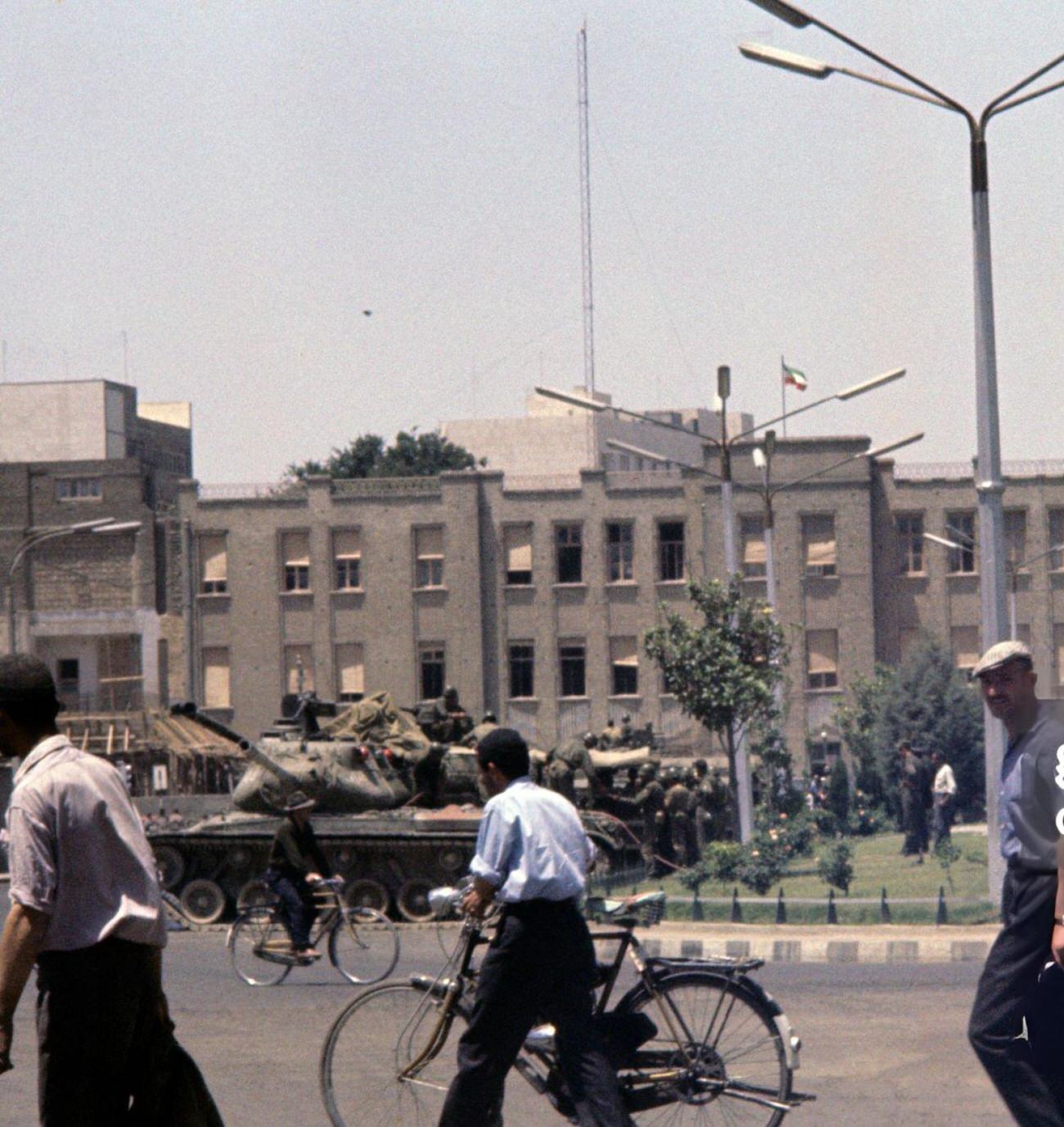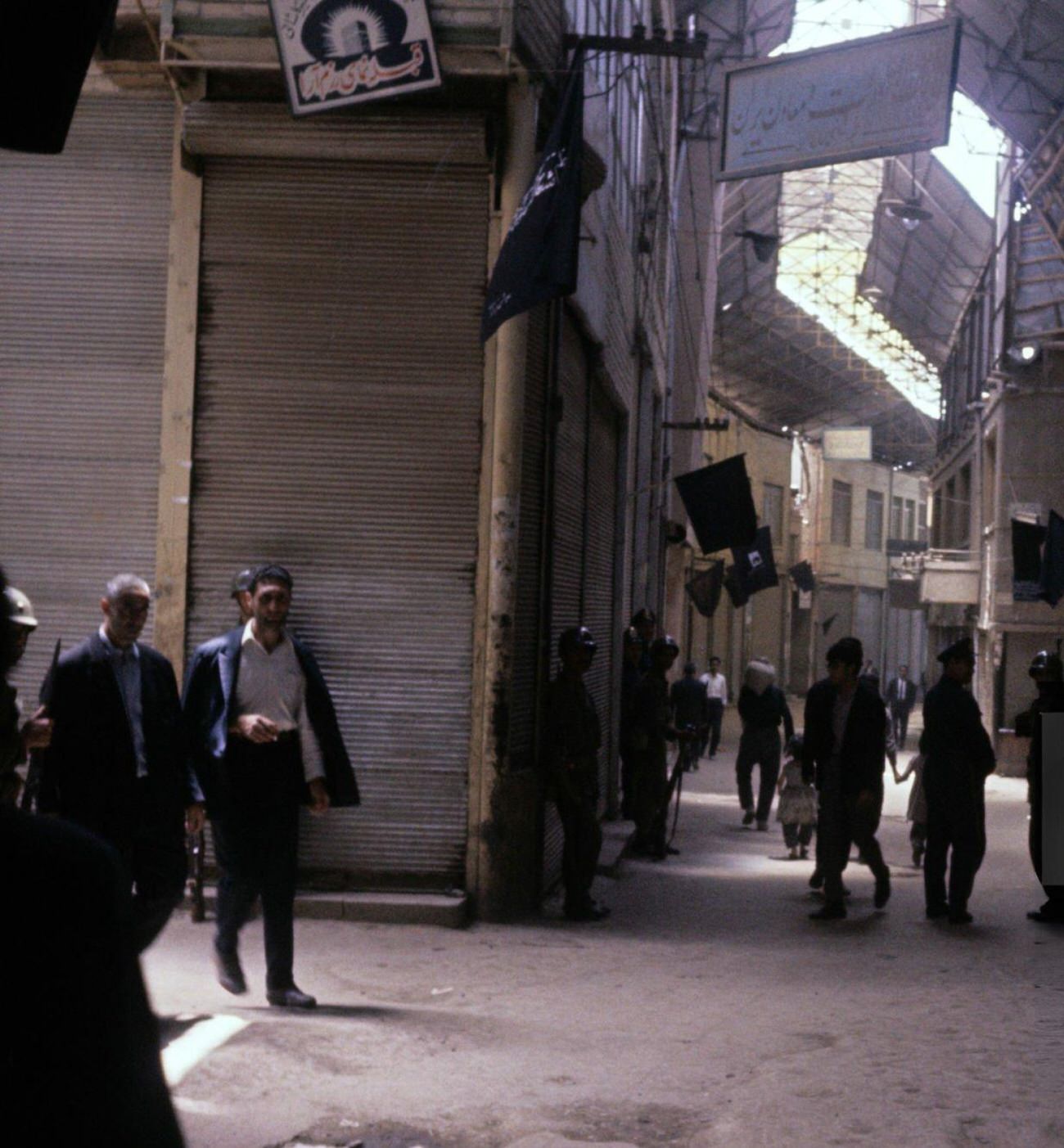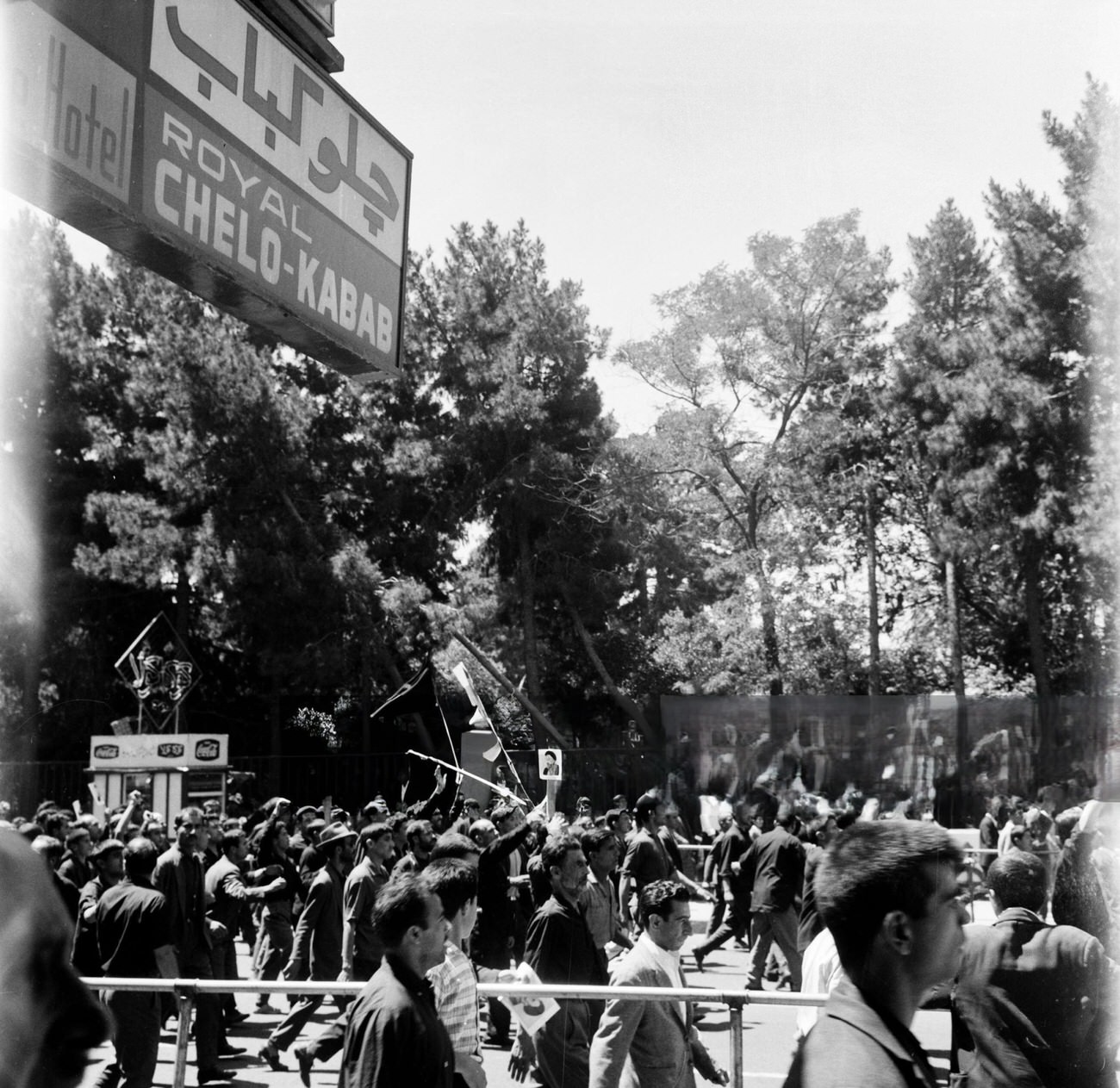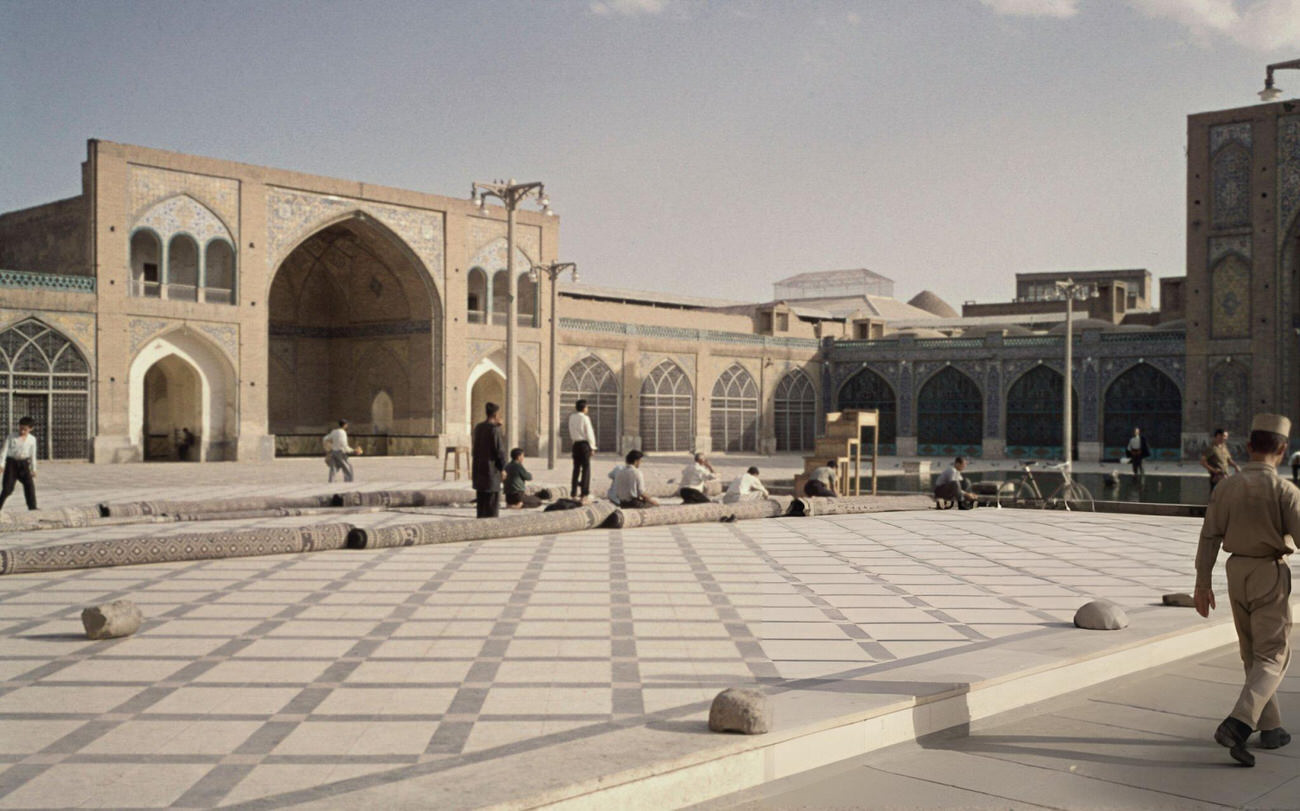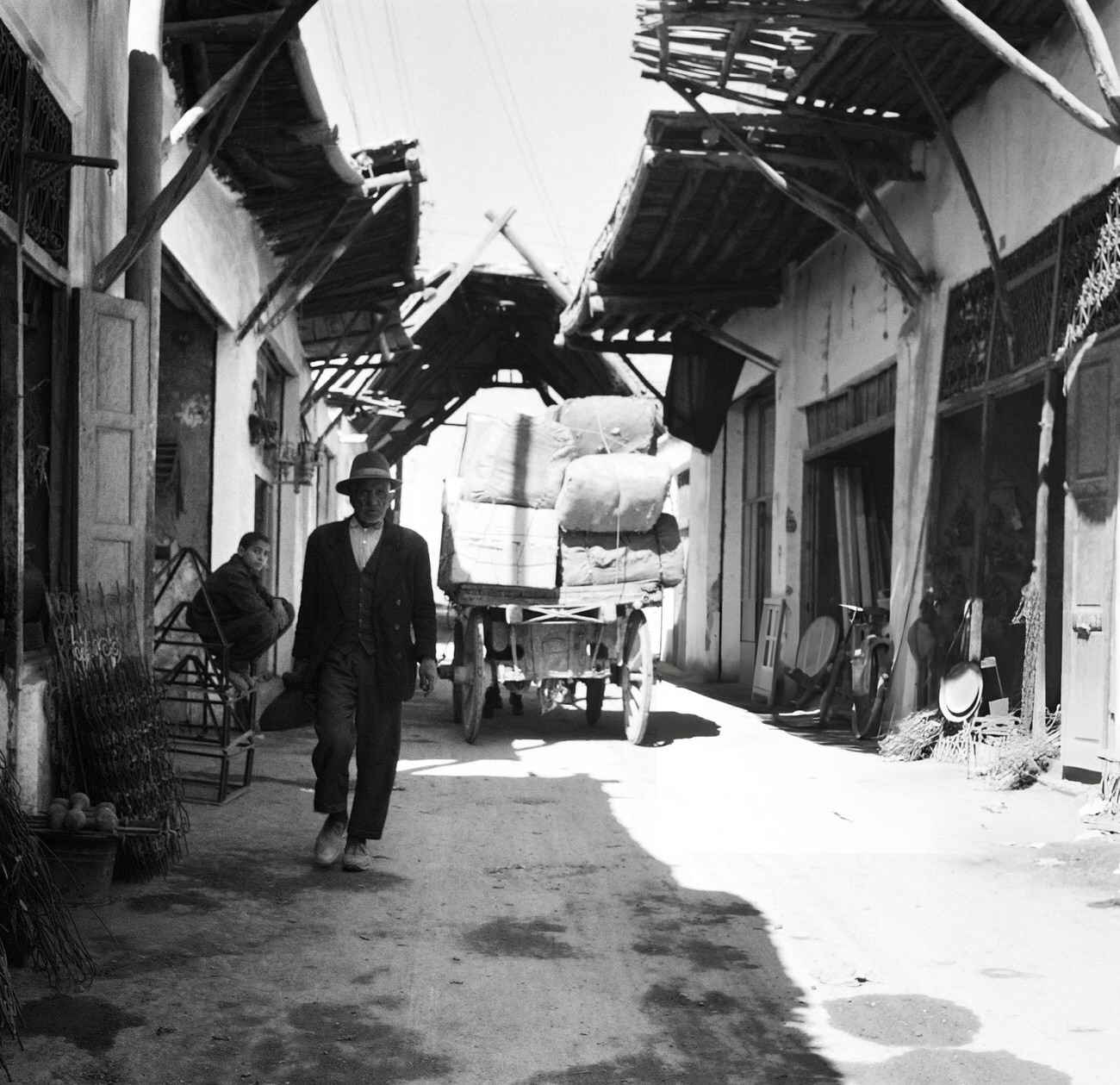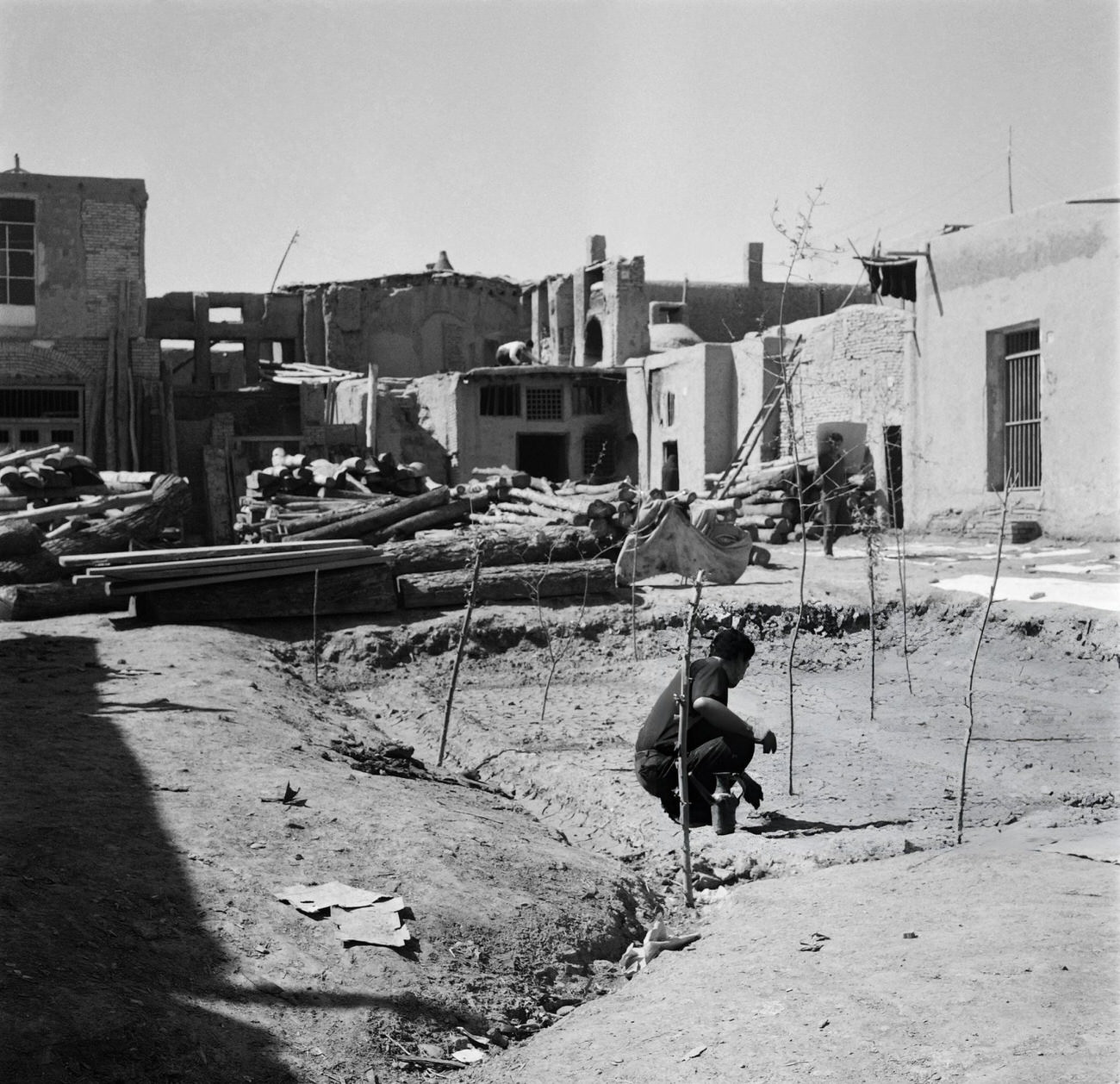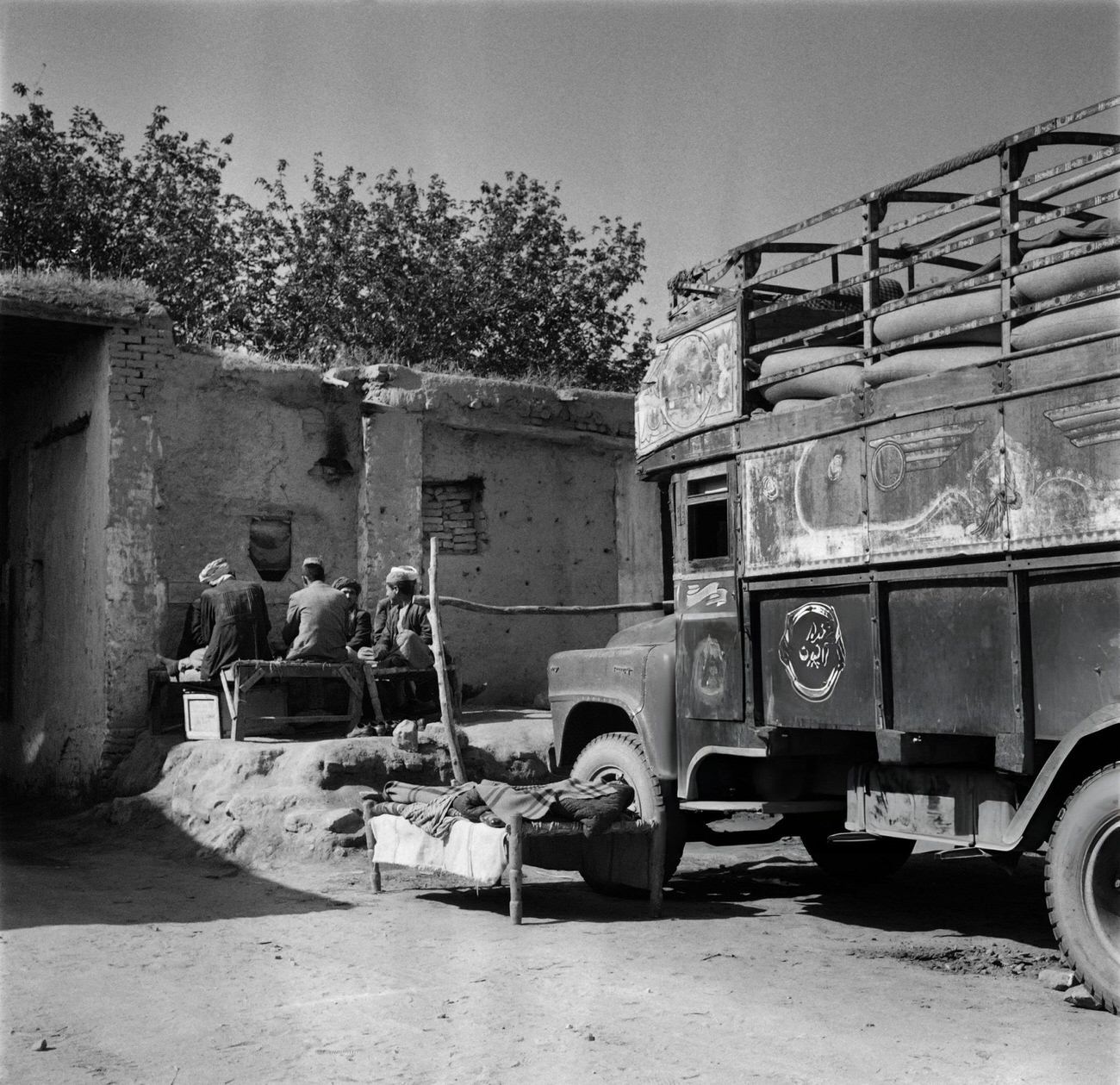Tehran, the capital of Iran, underwent significant changes in the 1960s. This decade was marked by rapid development, cultural shifts, and political unrest. To understand Tehran during this time, we can explore its society, economy, culture, and the challenges it faced.
Urban Growth and Development
In the 1960s, Tehran experienced rapid urban growth. The population increased dramatically as people moved from rural areas to the city. They sought better job opportunities and education. By the end of the decade, Tehran had become one of the largest cities in the Middle East.
The government initiated many development projects to accommodate this growth. New roads, schools, and hospitals were built, transforming the city’s landscape. High-rise buildings began to appear, changing the skyline. These developments aimed to modernize Tehran and improve living conditions. However, this rapid growth also led to overcrowding and pollution.
Economic Changes
The economy of Tehran grew significantly during the 1960s. Iran’s oil industry boomed, bringing wealth to the country. The government invested this wealth into public services and infrastructure. As a result, Tehran saw new industries and commercial centers emerge.
Despite the economic growth, not everyone benefited equally. The wealth gap widened, with some people becoming very rich while others remained poor. Many workers faced long hours and low wages. This inequality sparked frustration among the lower classes, leading to protests and strikes.
Read more
Cultural Shifts
The 1960s brought major cultural changes to Tehran. Western culture began to have a strong influence on Iranian society. Music, fashion, and films from the West became popular. Young people embraced these trends, often rejecting traditional values.
Tehran became a center of modern culture. Cafes, theaters, and art galleries flourished. The youth gathered in these spaces to discuss new ideas and share their thoughts. The cultural scene was vibrant, with artists and musicians expressing their views on society.
However, this cultural shift faced resistance from conservative groups. Many religious leaders opposed the Western influence. They believed it threatened Iranian traditions and values. This clash between modernity and tradition created tension within the city.
Education and Intellectual Movements
Education expanded rapidly in Tehran during the 1960s. More schools and universities opened, leading to increased literacy rates. Education became more accessible to young people, especially girls. This change helped create a more informed and engaged population.
With better education came a rise in intellectual movements. Students began to challenge the Shah’s policies and the government’s close ties to the West. Many sought social justice and political reform. They looked to ideas of democracy and nationalism for inspiration.
Student protests became common, especially toward the end of the decade. Young people gathered to voice their concerns about inequality and repression. The government often responded harshly to these demonstrations. This cycle of protest and repression heightened tensions in the city.
Political Climate
The political climate in Tehran during the 1960s was tense. The Shah maintained a strong grip on power, often using force to suppress dissent. Opposition groups formed, including leftist and religious factions. Many sought to challenge the Shah’s authority and the growing Western influence.
The government’s response to dissent was often violent. Protests were met with police brutality. This repression led to increased anger among the population. Many people began to lose faith in the Shah’s ability to lead the country.
The political unrest was felt across all social classes. Intellectuals, students, and workers all sought change. The growing discontent set the stage for future conflicts.
Daily Life in Tehran
Daily life in Tehran during the 1960s was a mix of modernity and tradition. Many families lived in traditional homes, while others moved into modern apartments. The city was bustling with activity, with markets, schools, and parks filled with people.
Transportation improved as more buses and taxis appeared on the streets. However, traffic jams became common due to the increasing number of cars. This congestion frustrated many residents and highlighted the challenges of rapid urbanization.
Despite the challenges, Tehran was alive with energy. People enjoyed music, cinema, and theater. Cultural events attracted large crowds, fostering a sense of community. Tehran’s nightlife flourished, with cafes and restaurants staying open late into the night.


